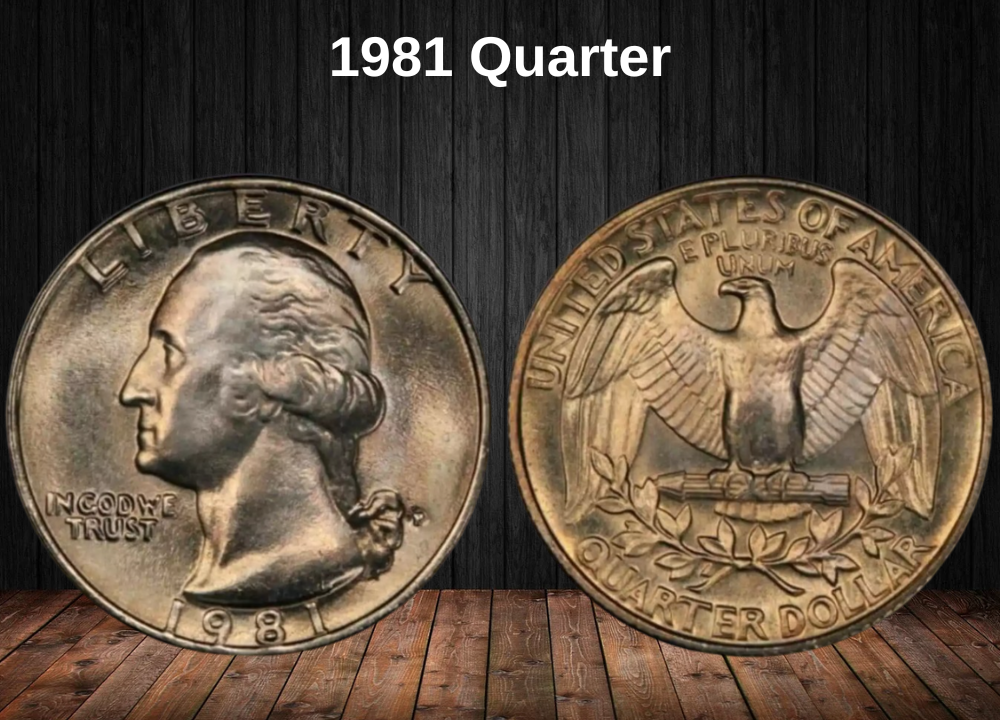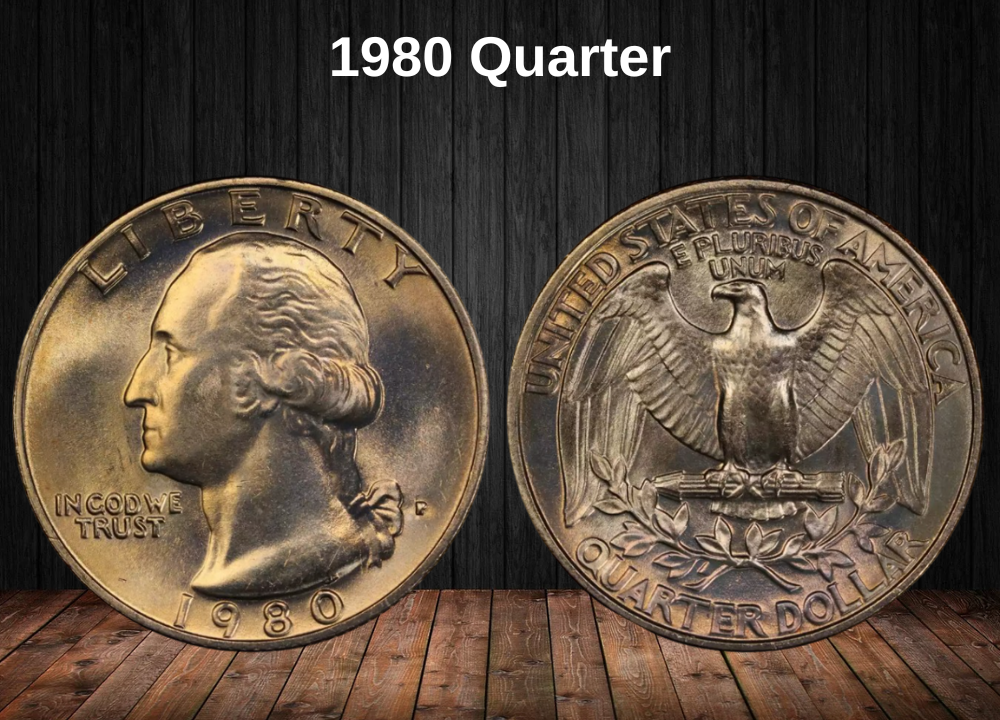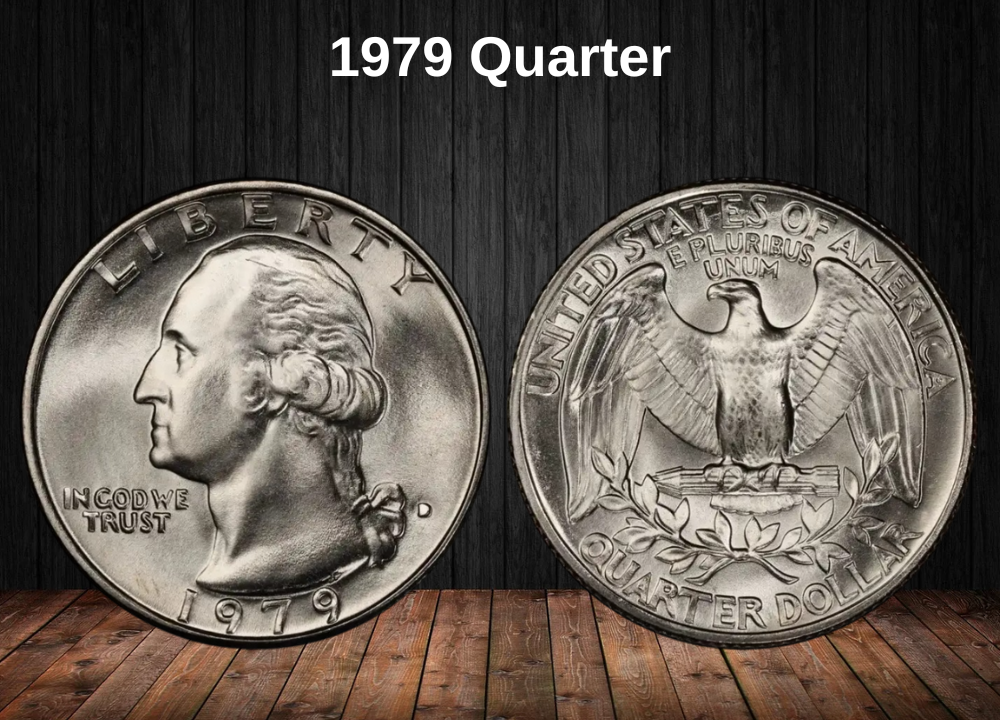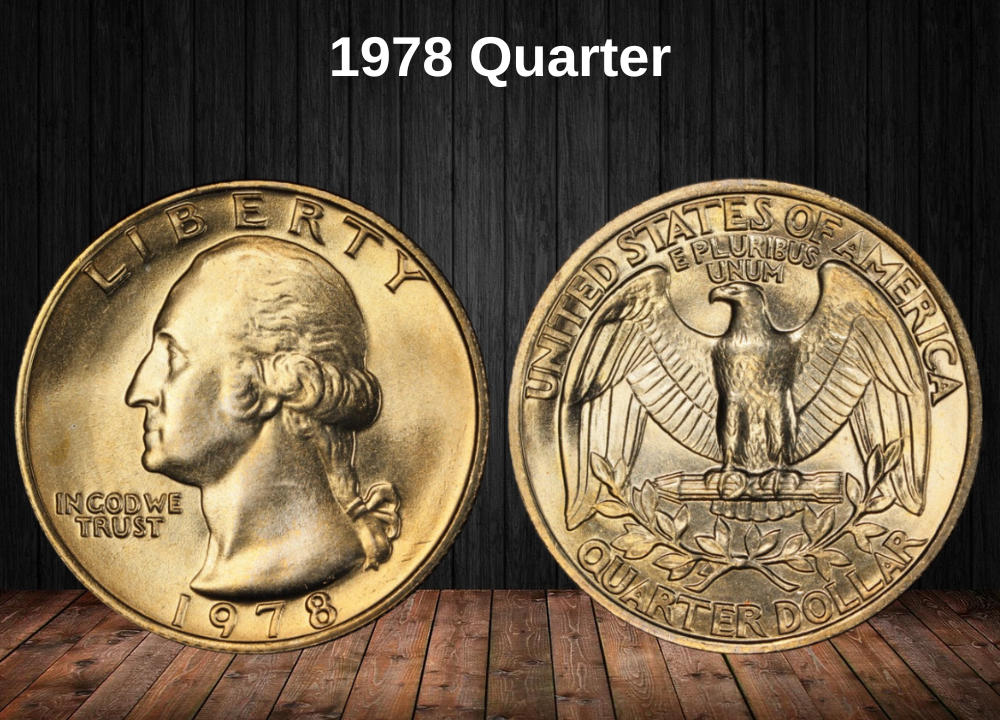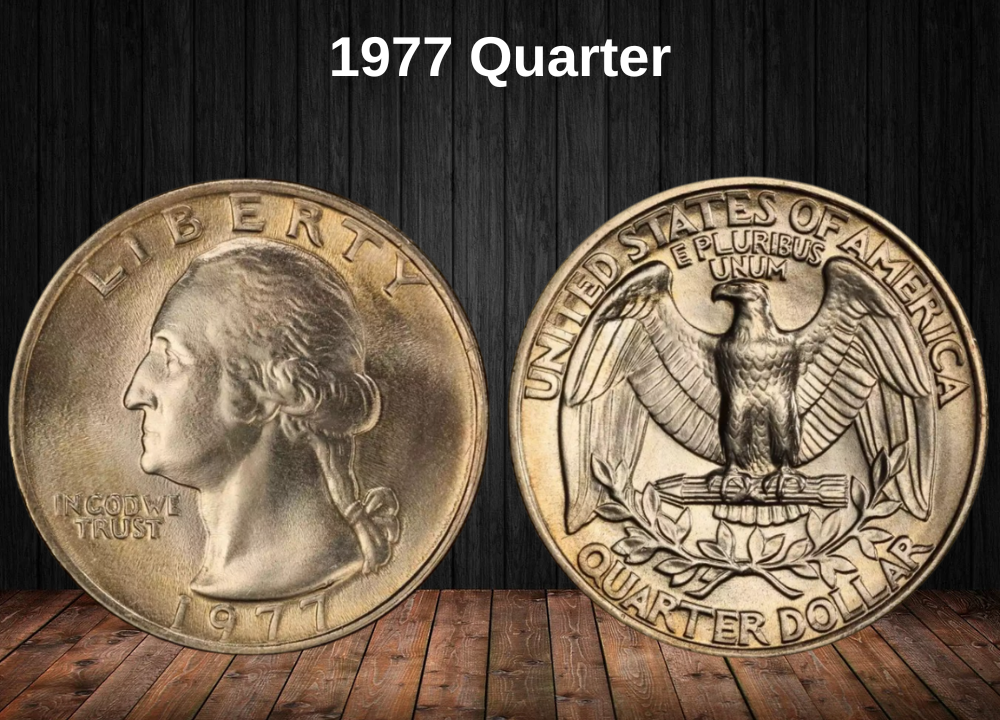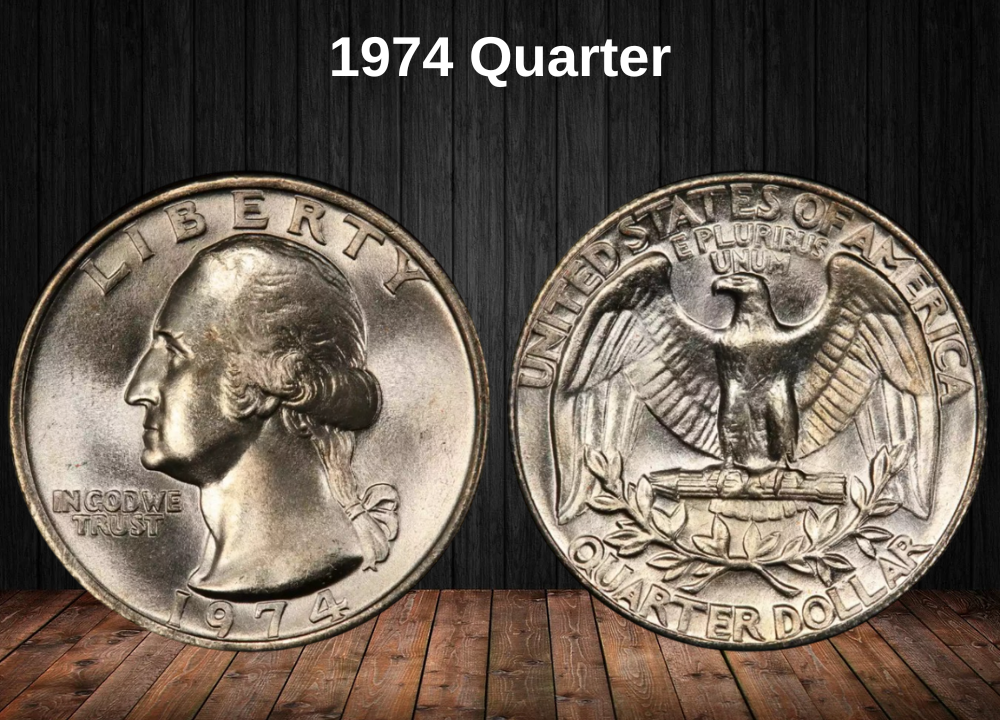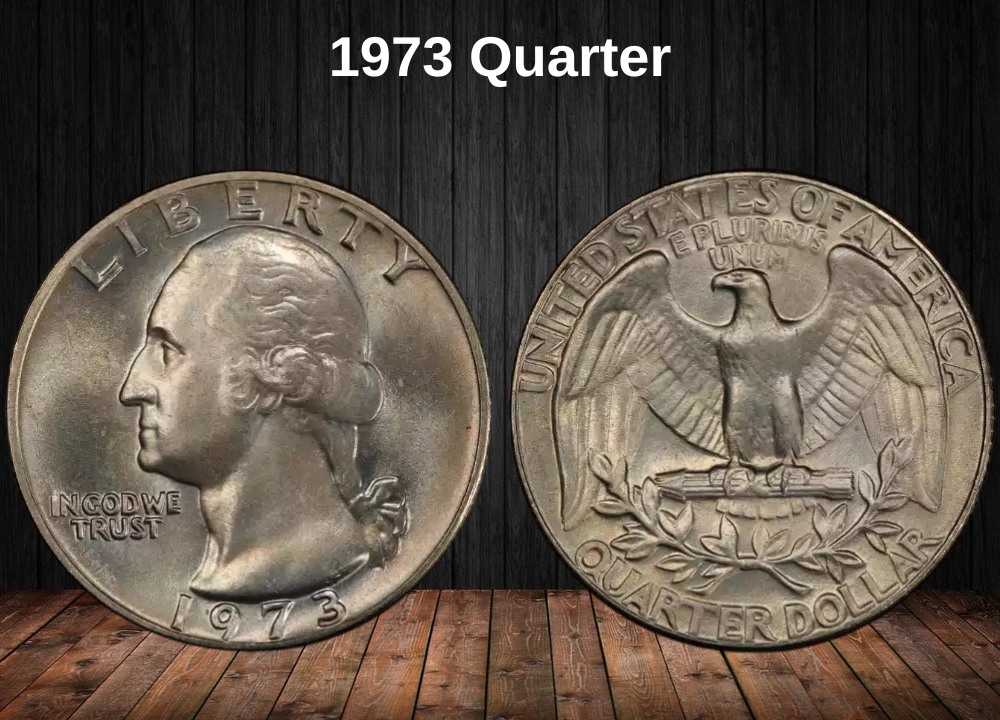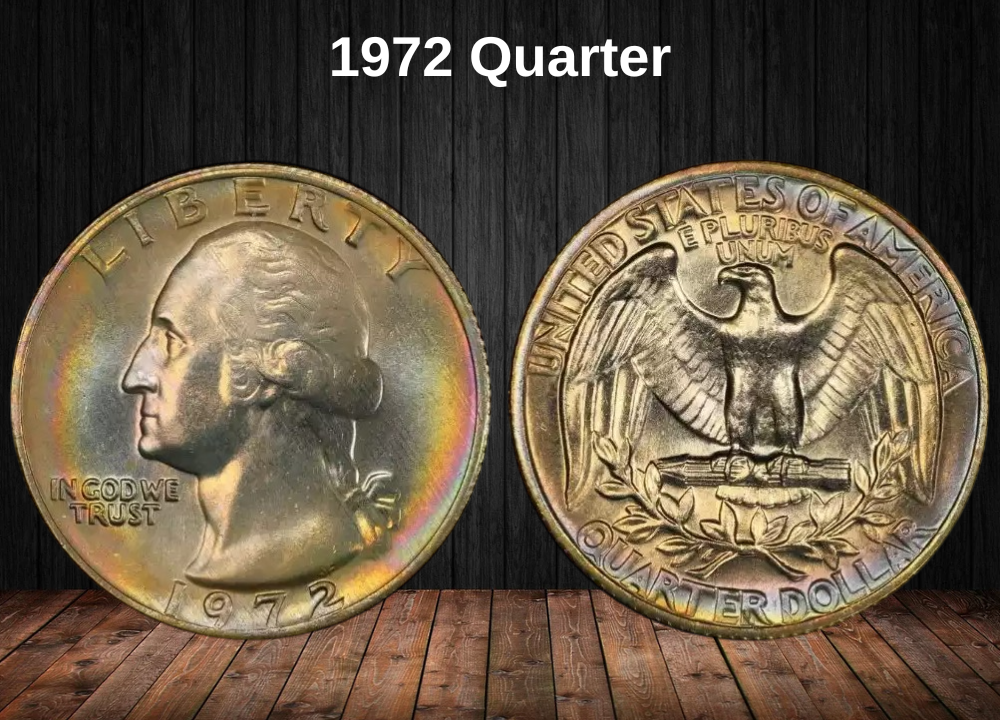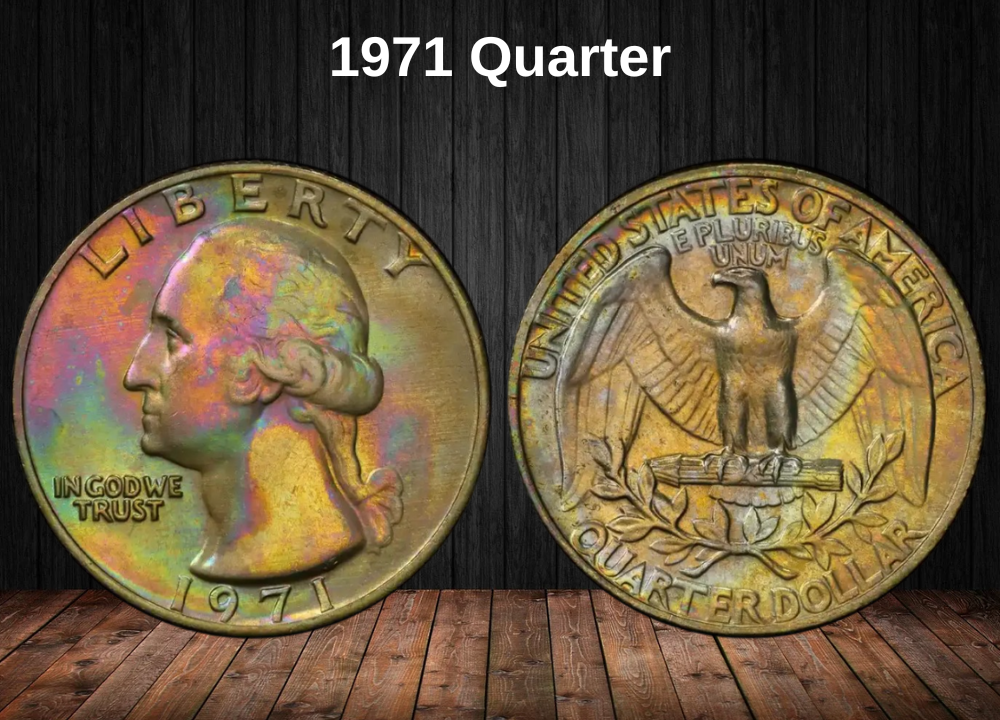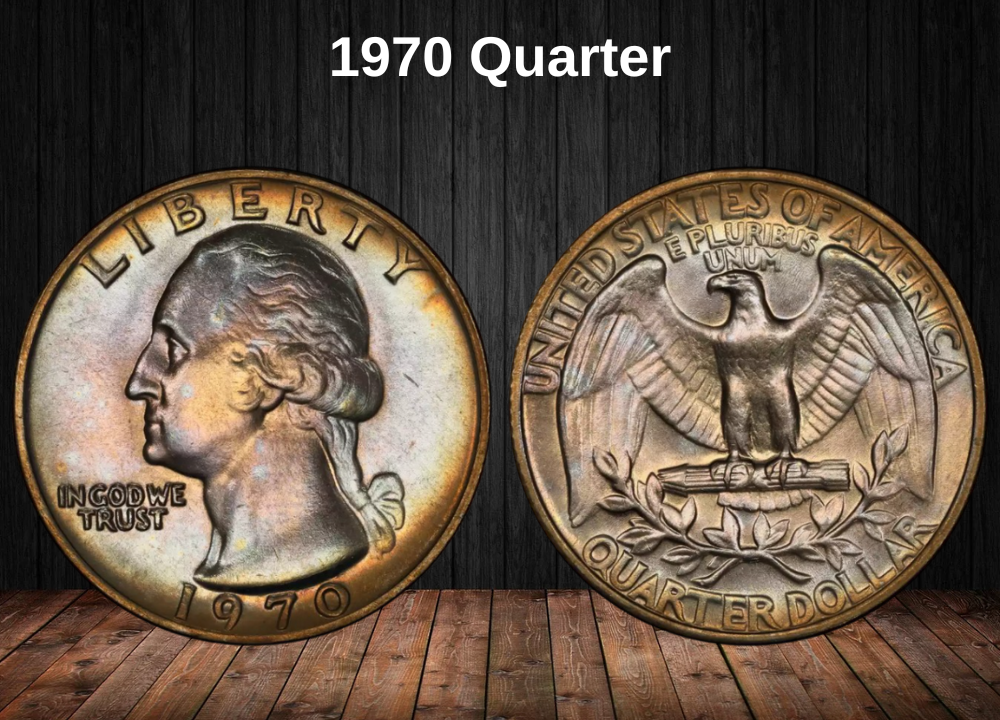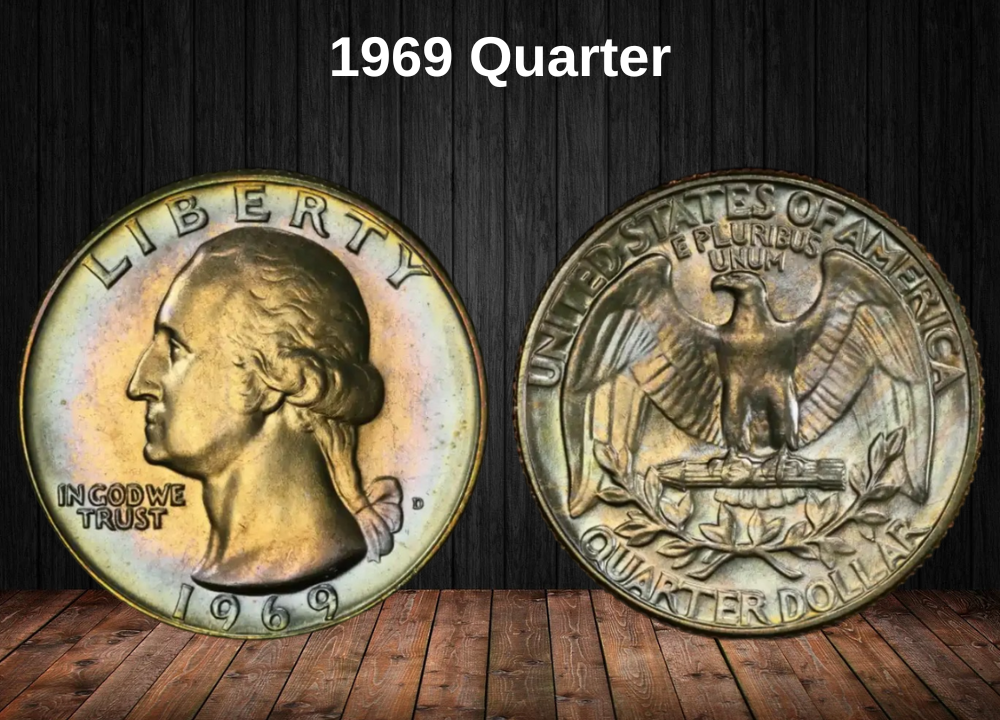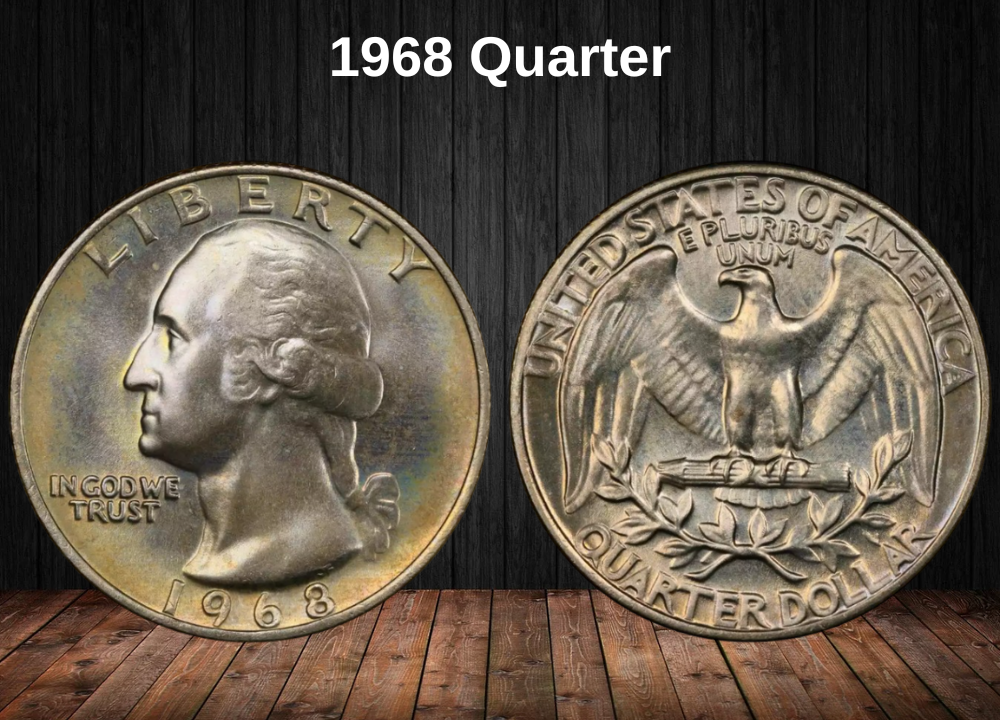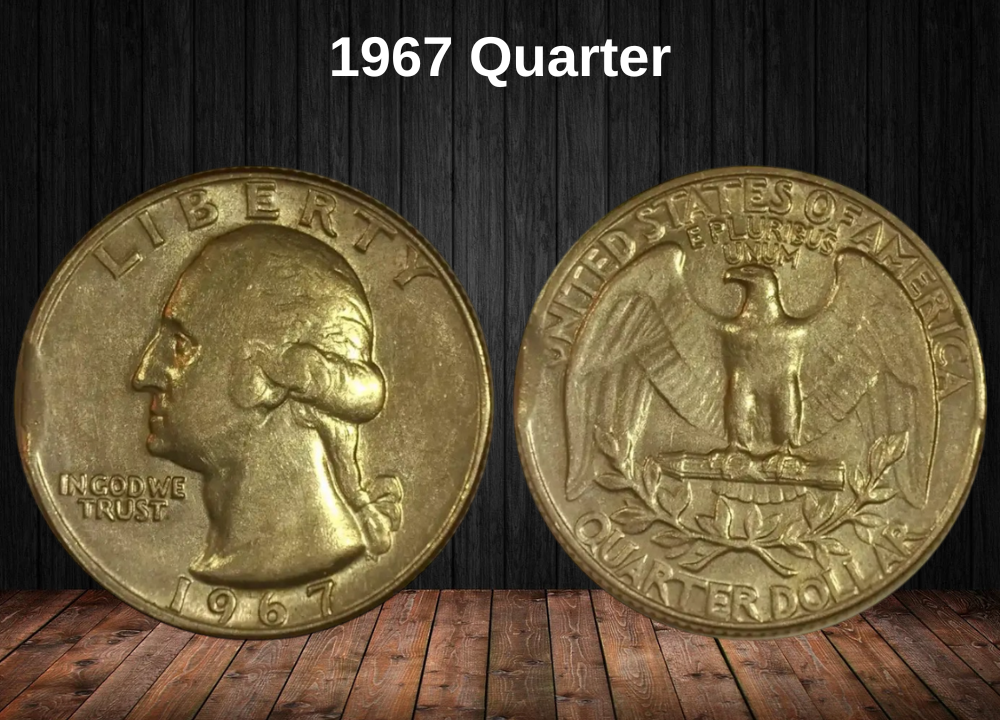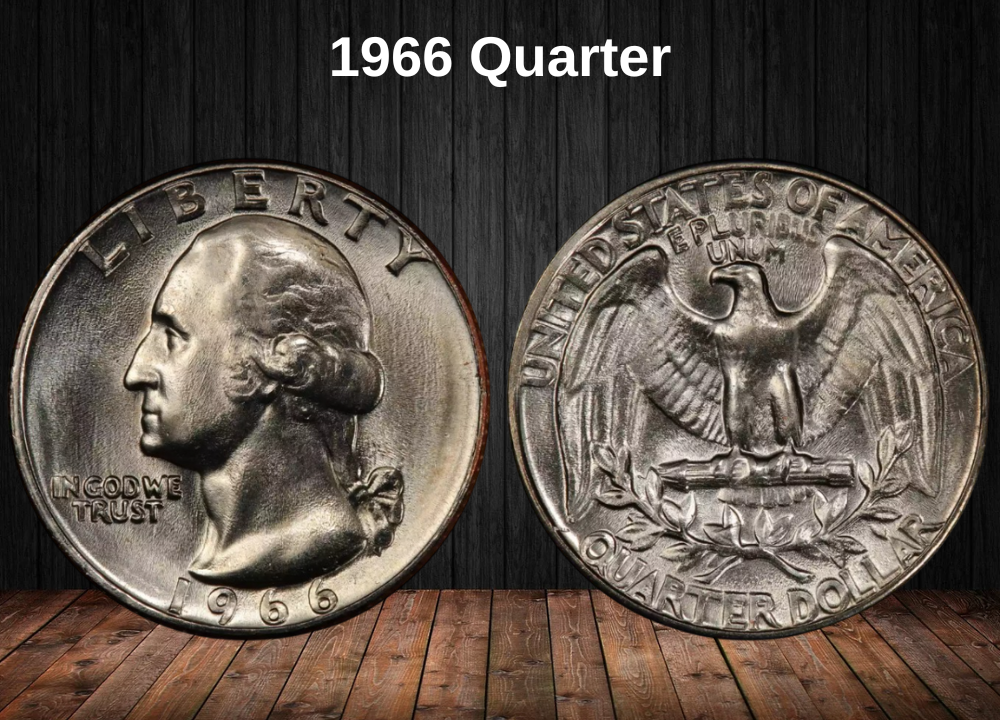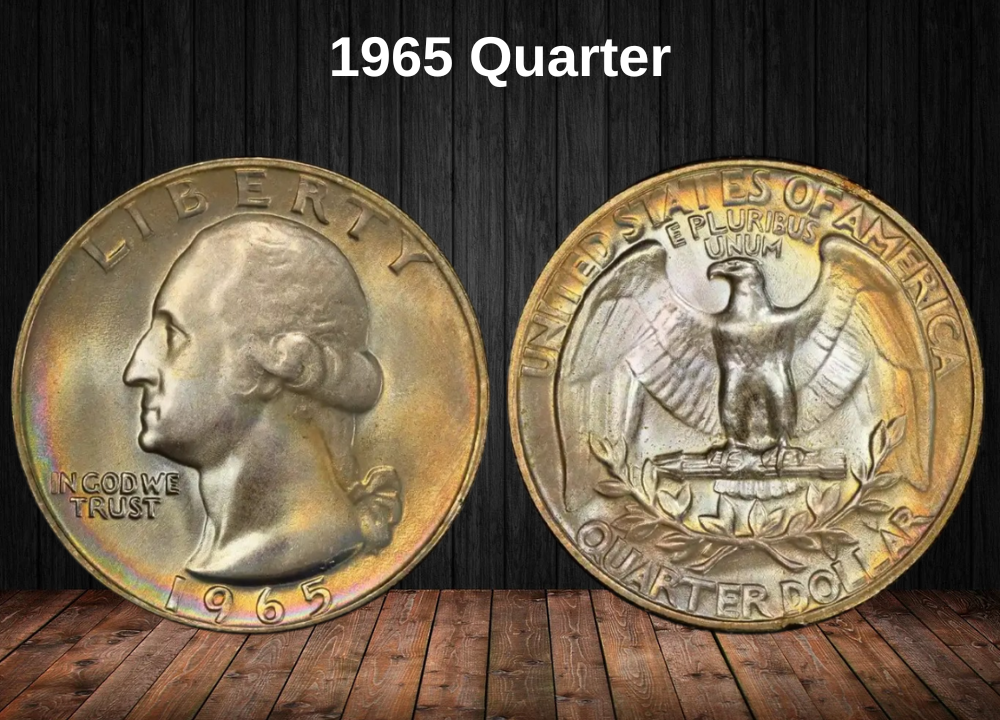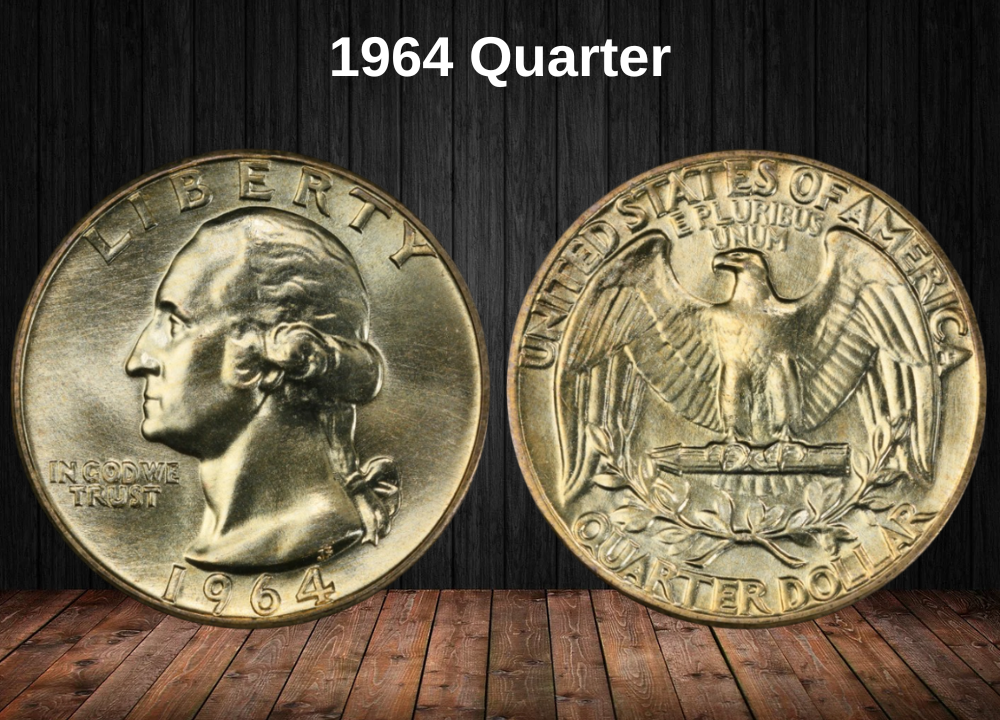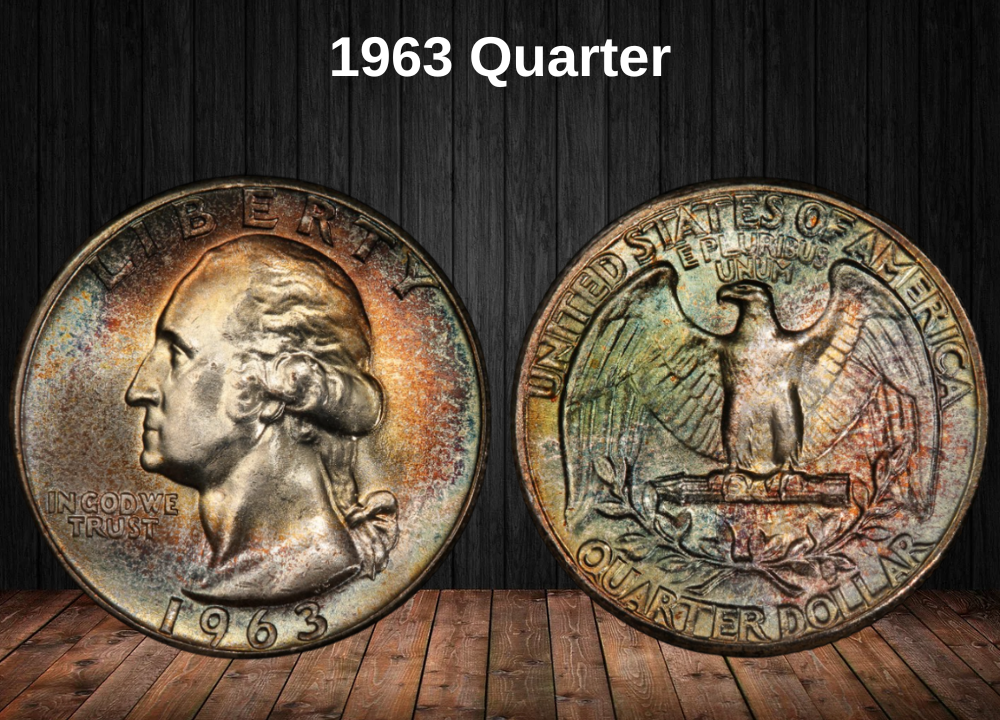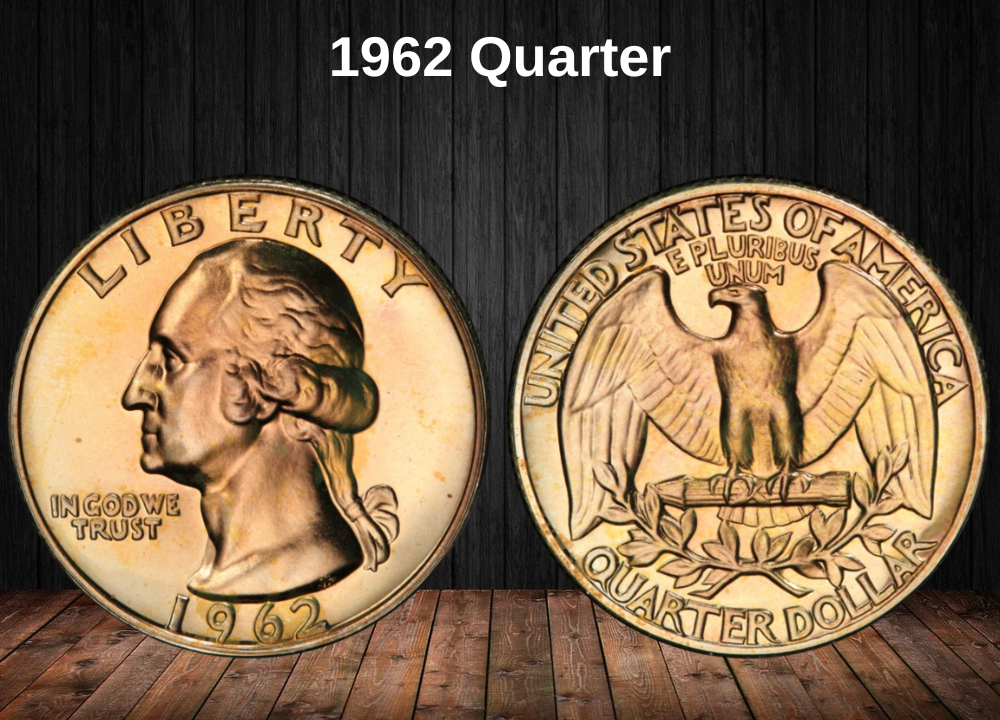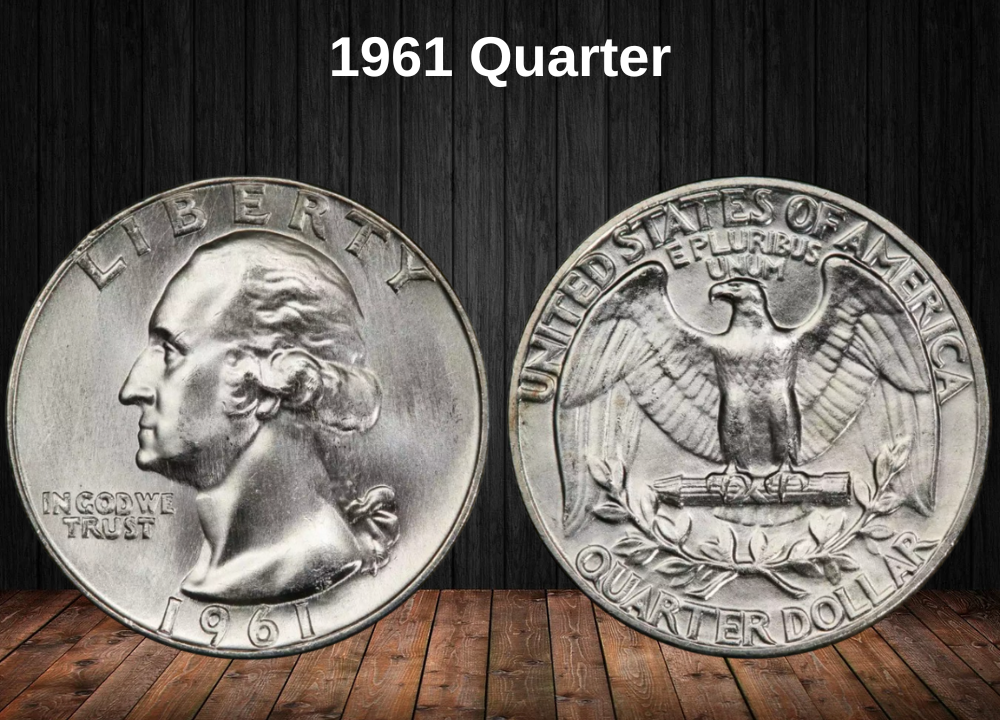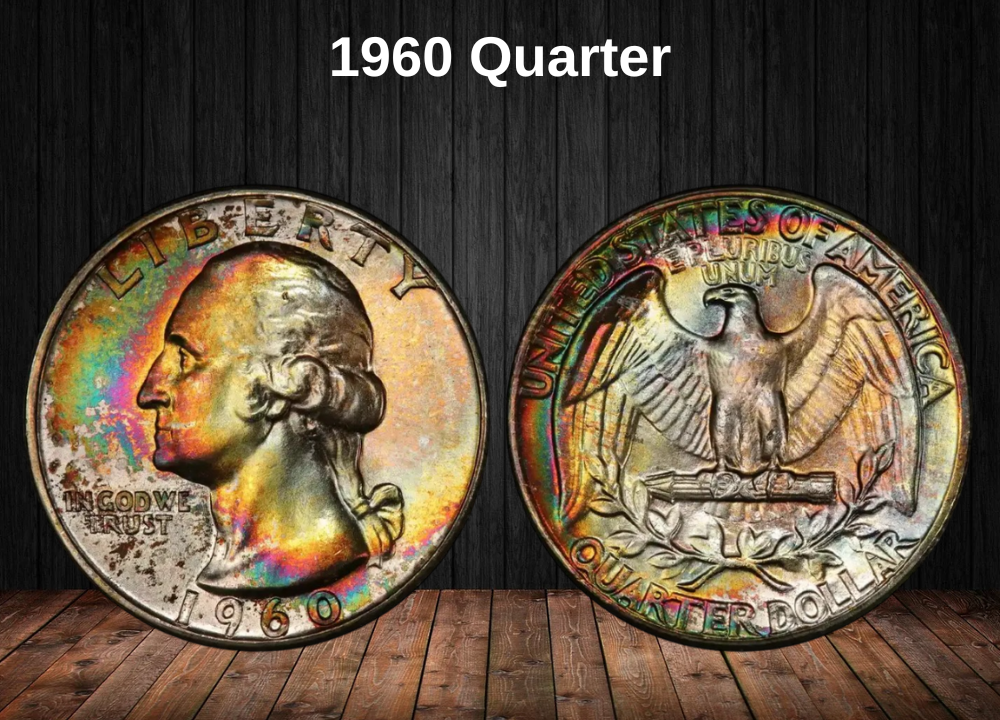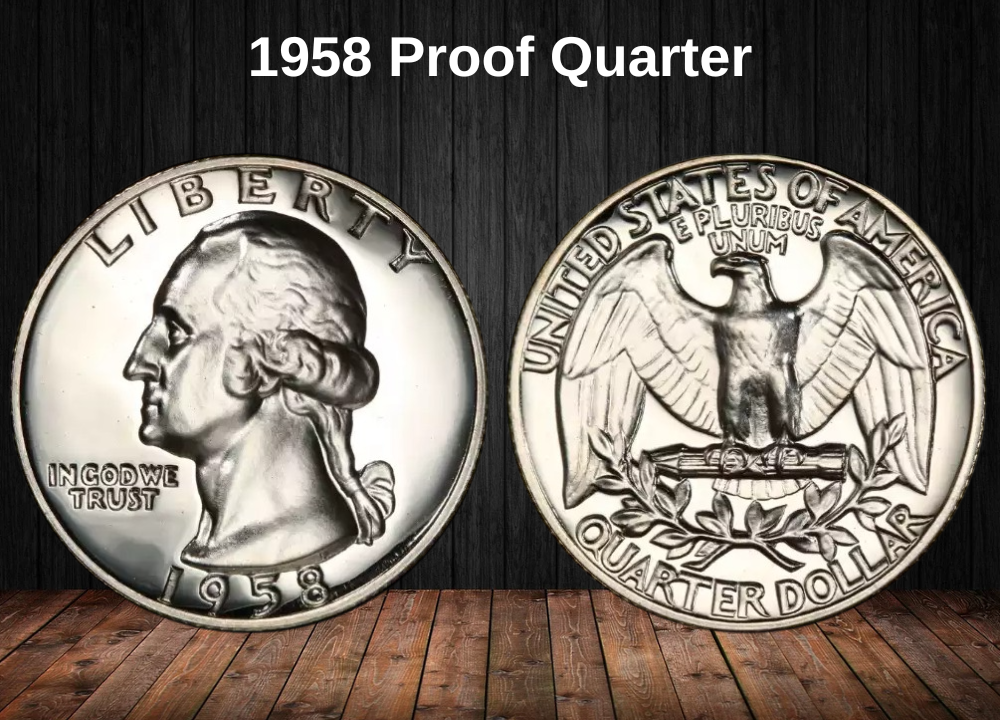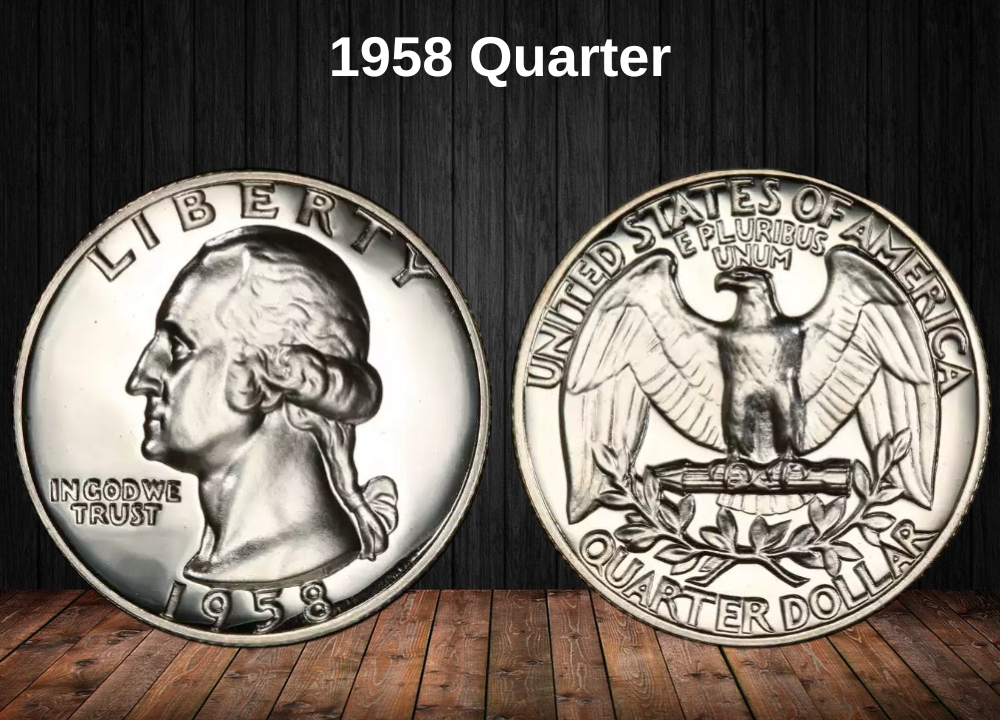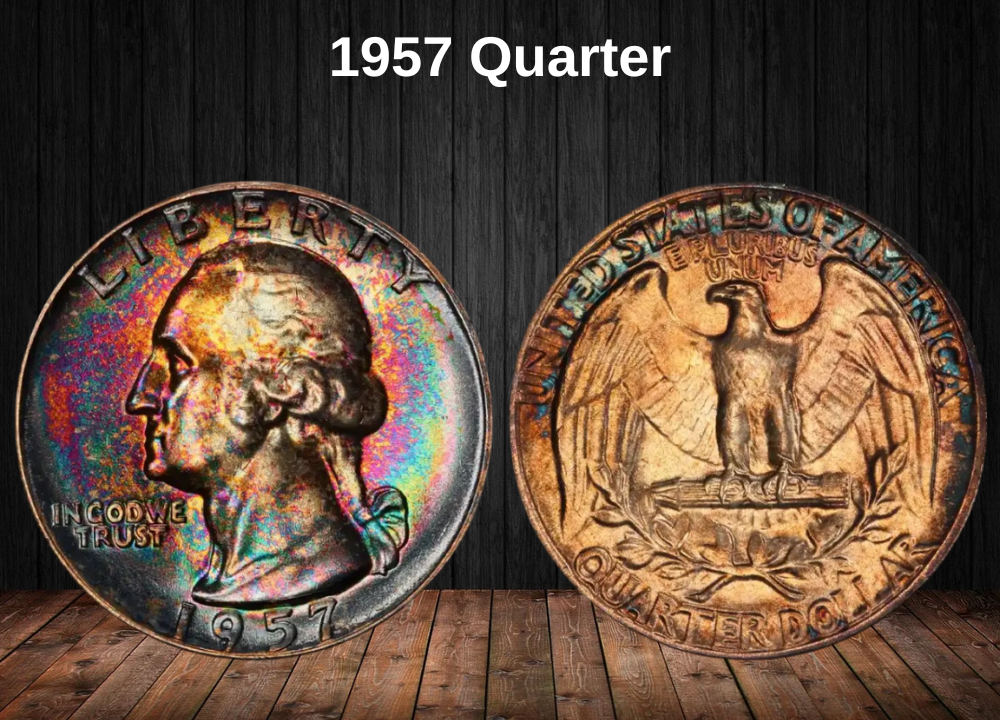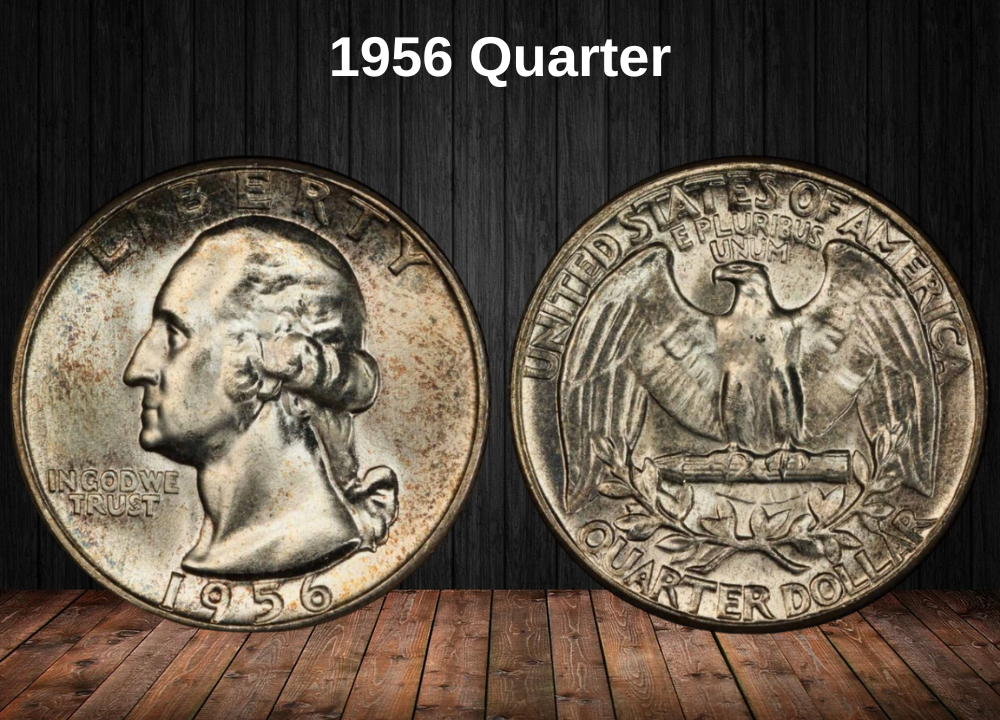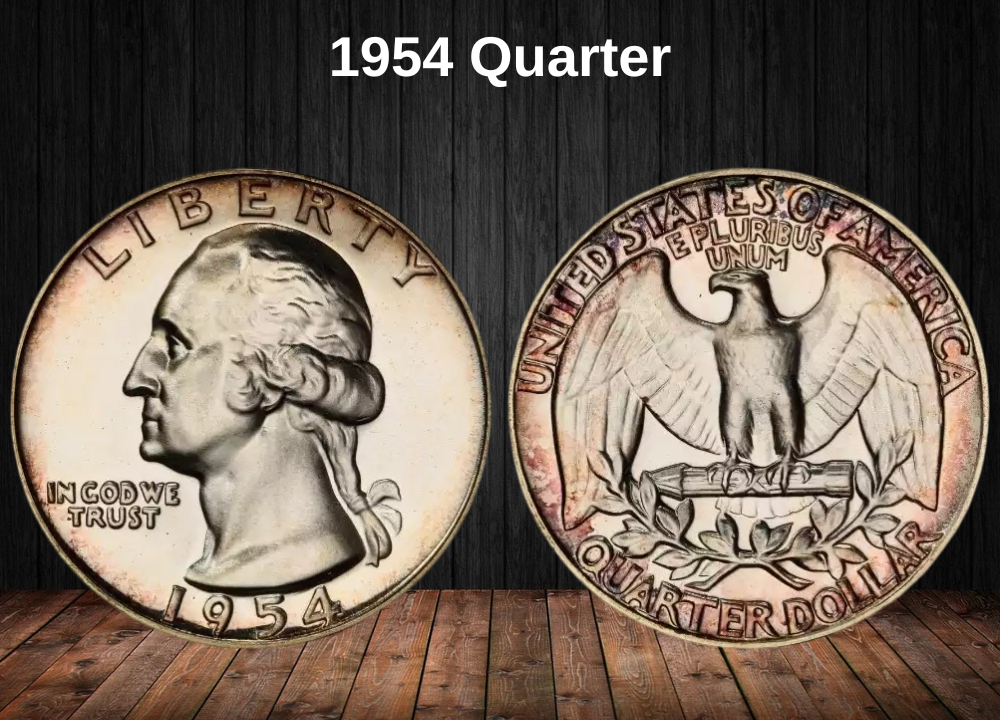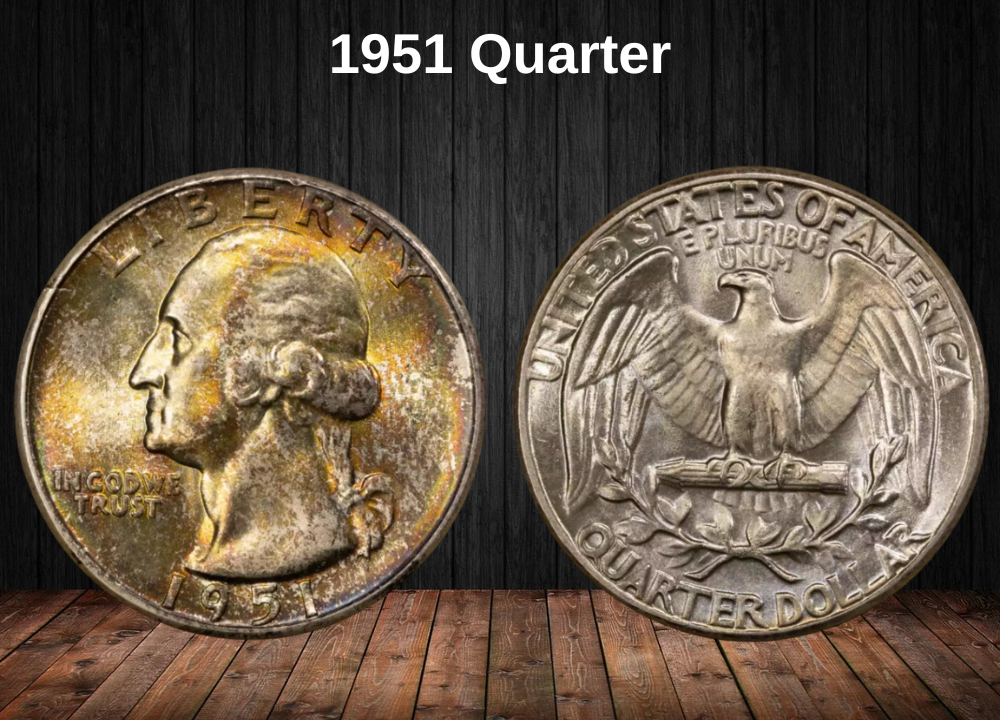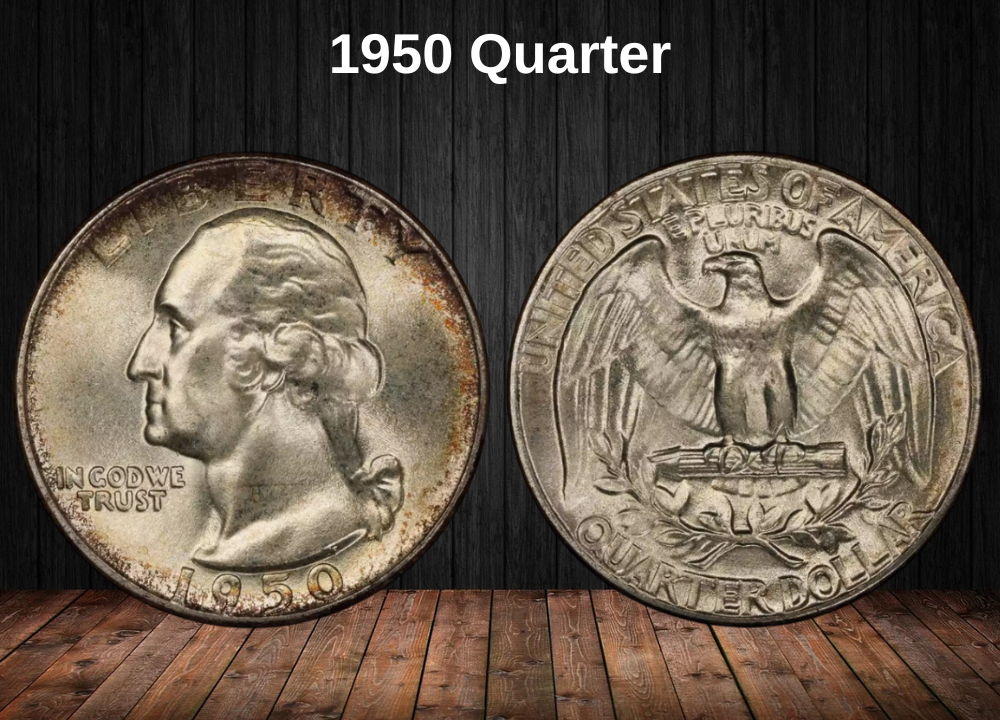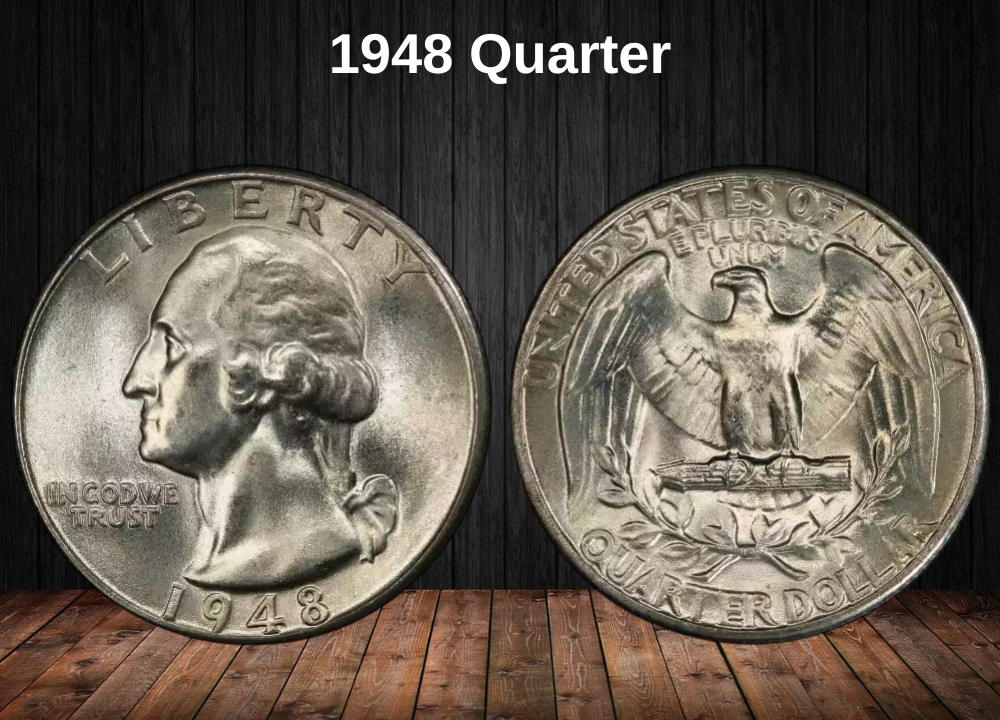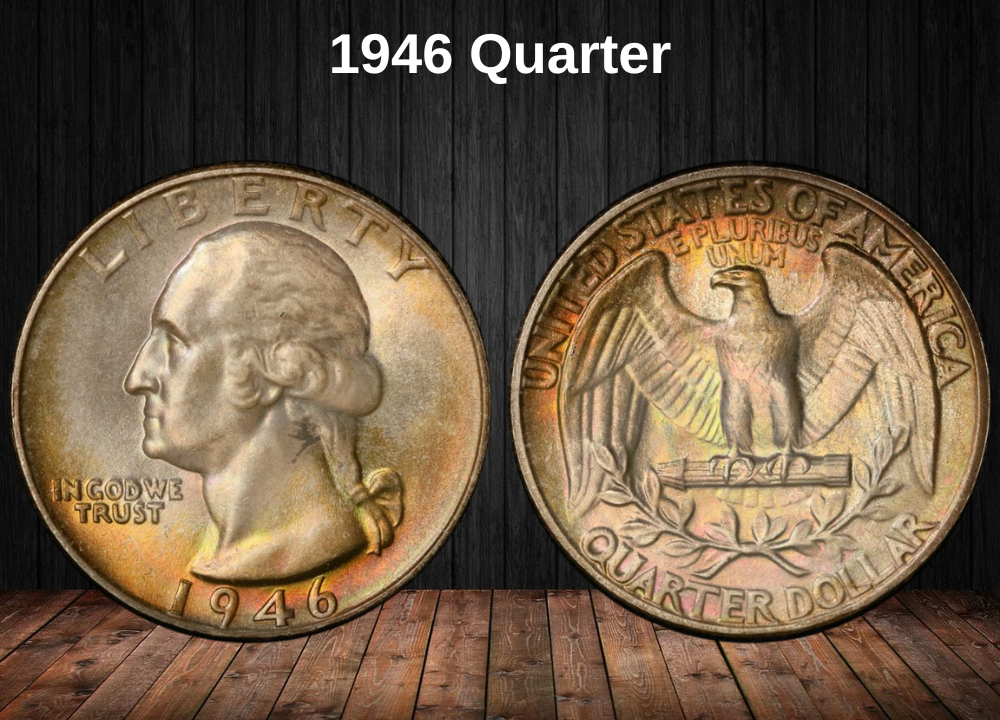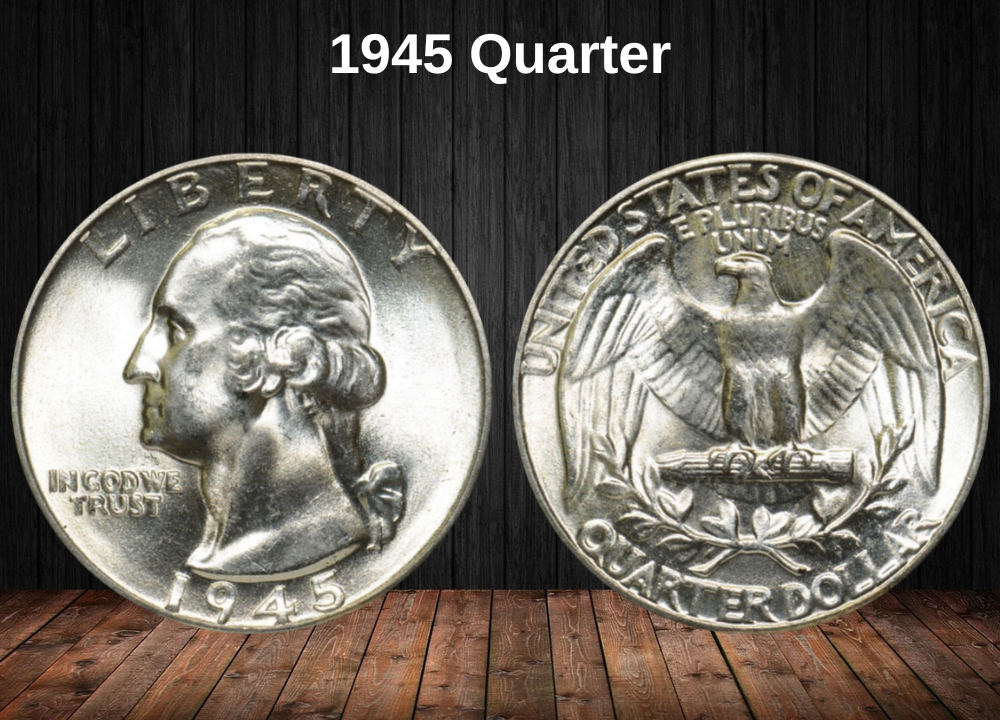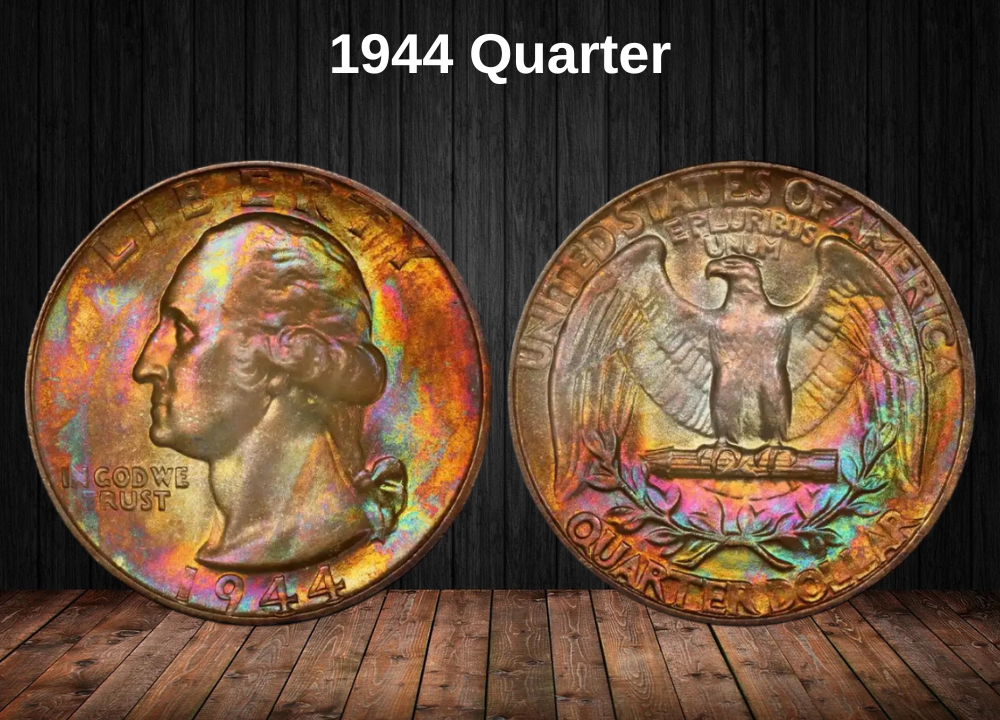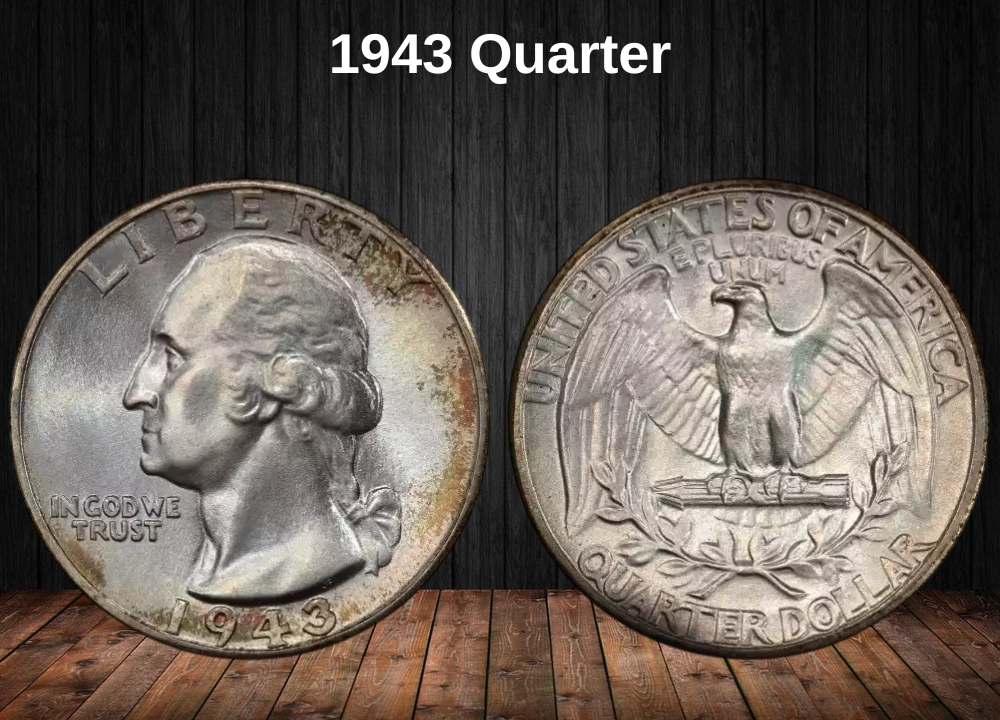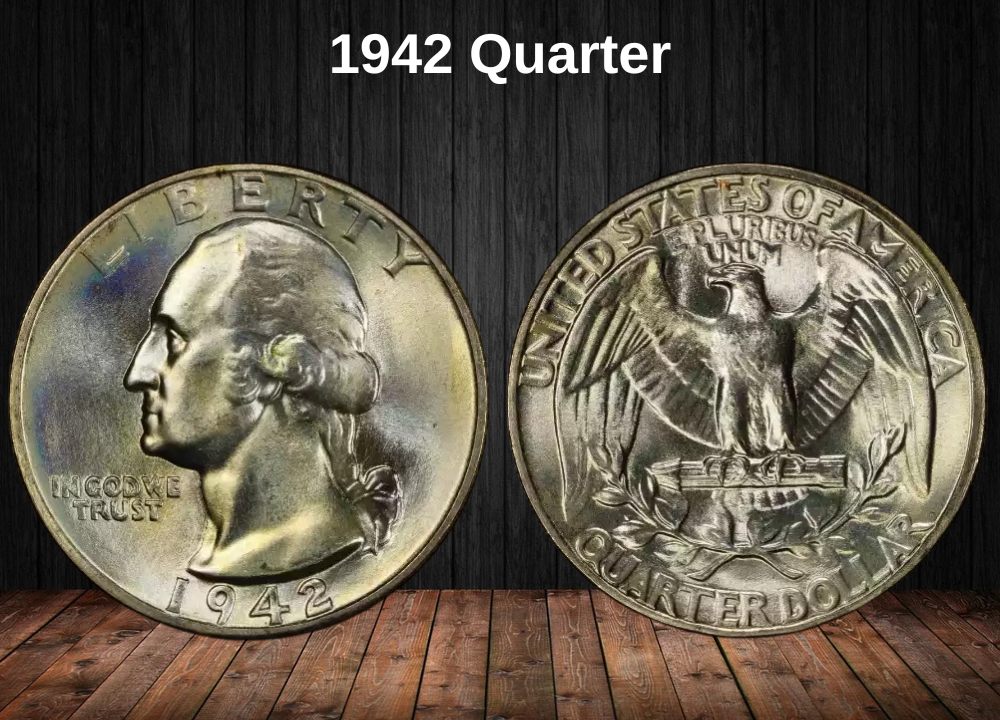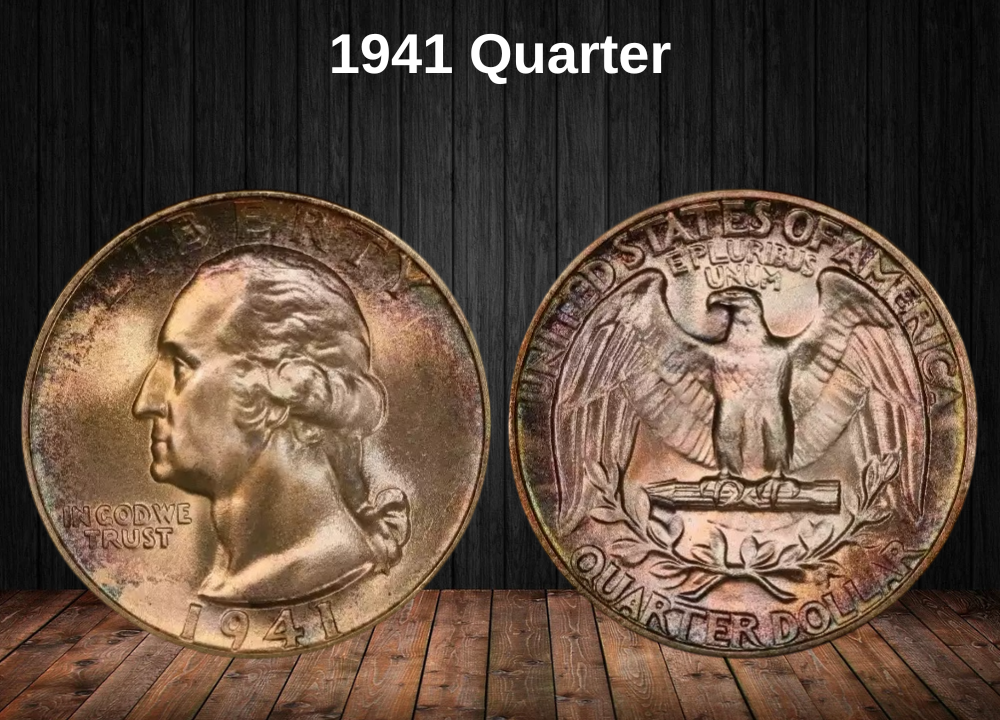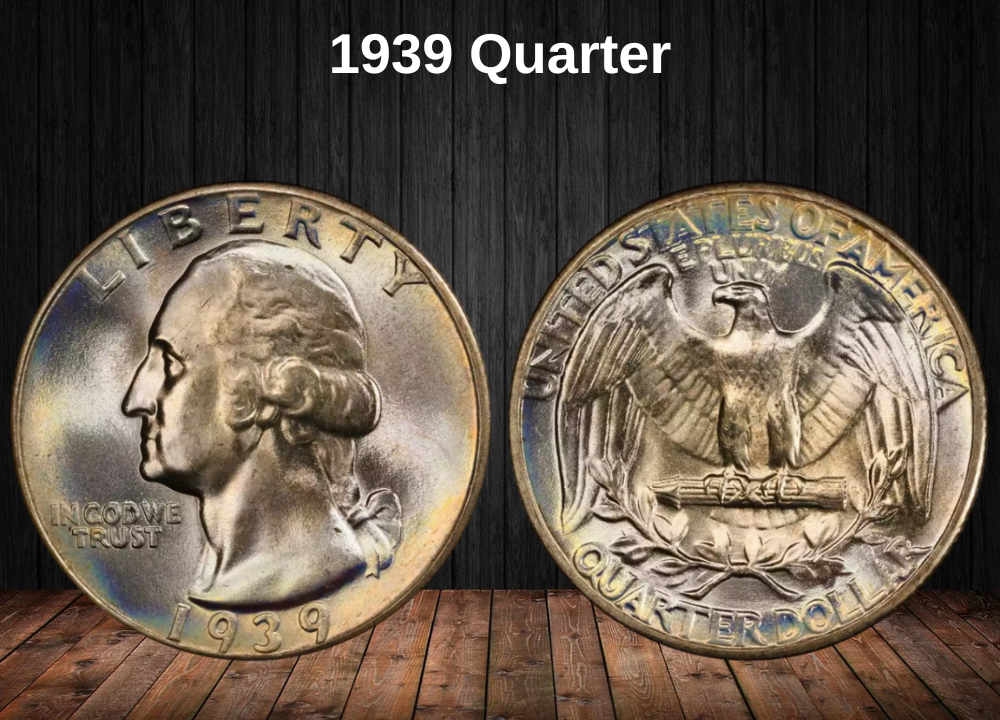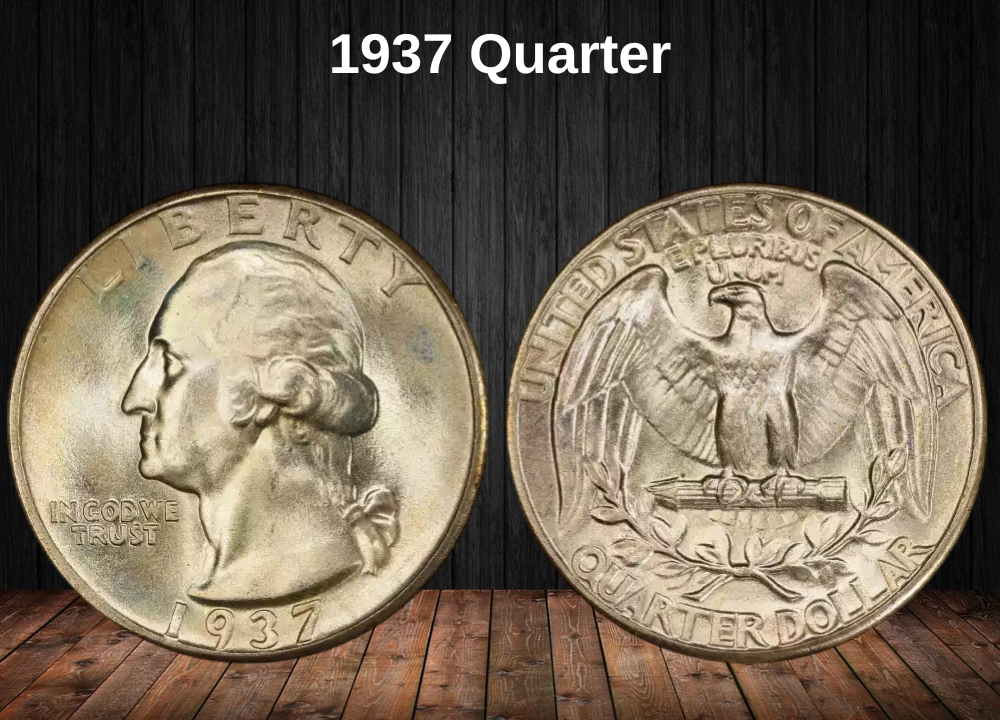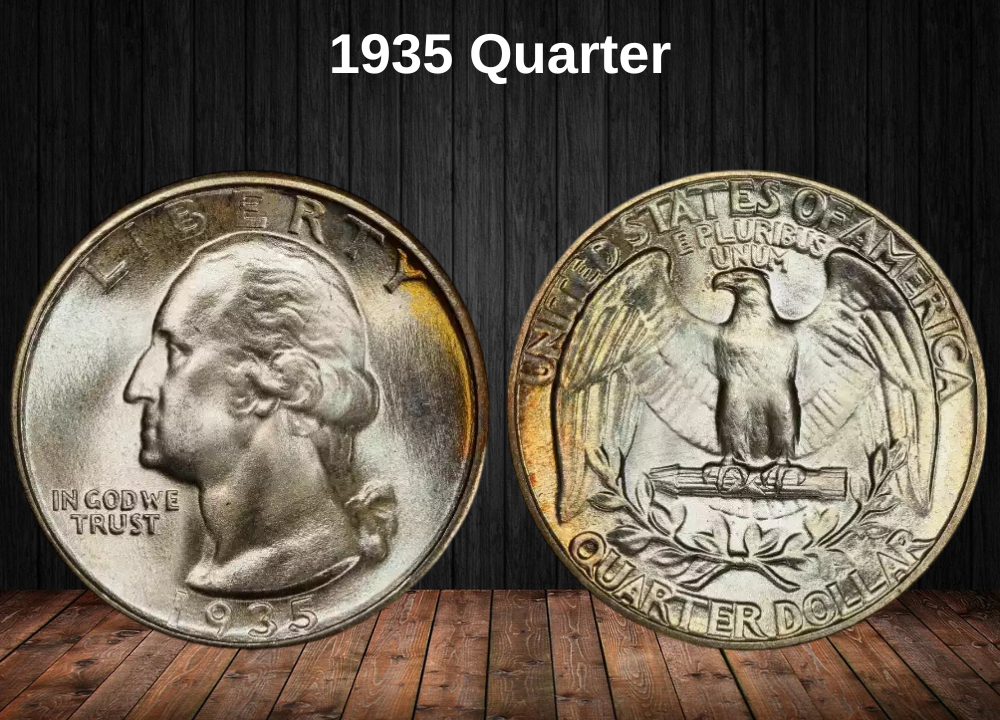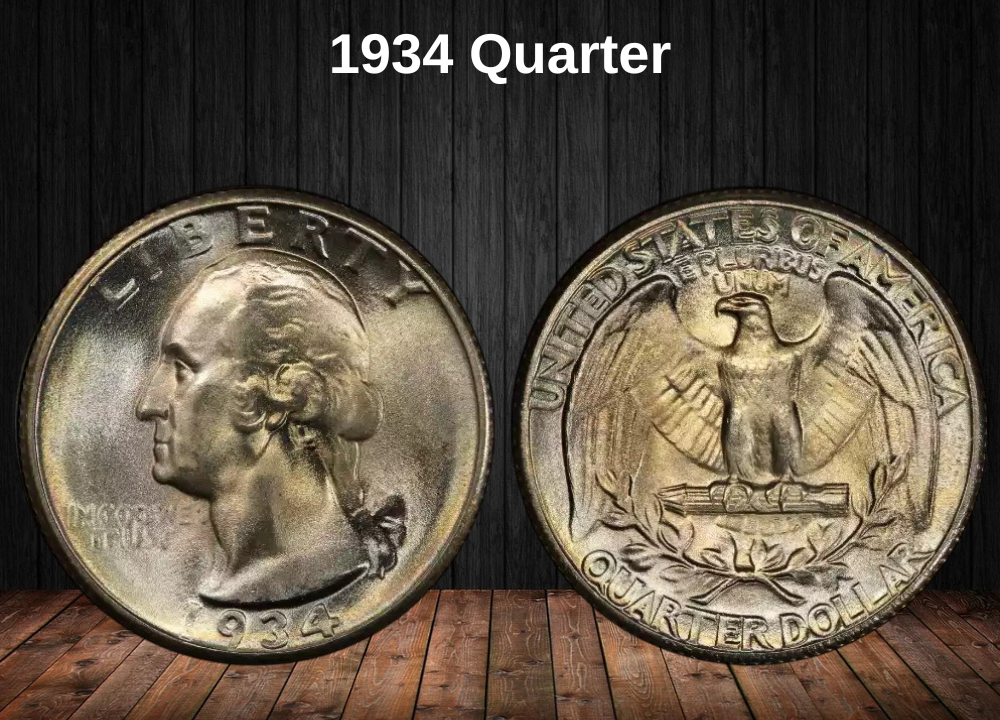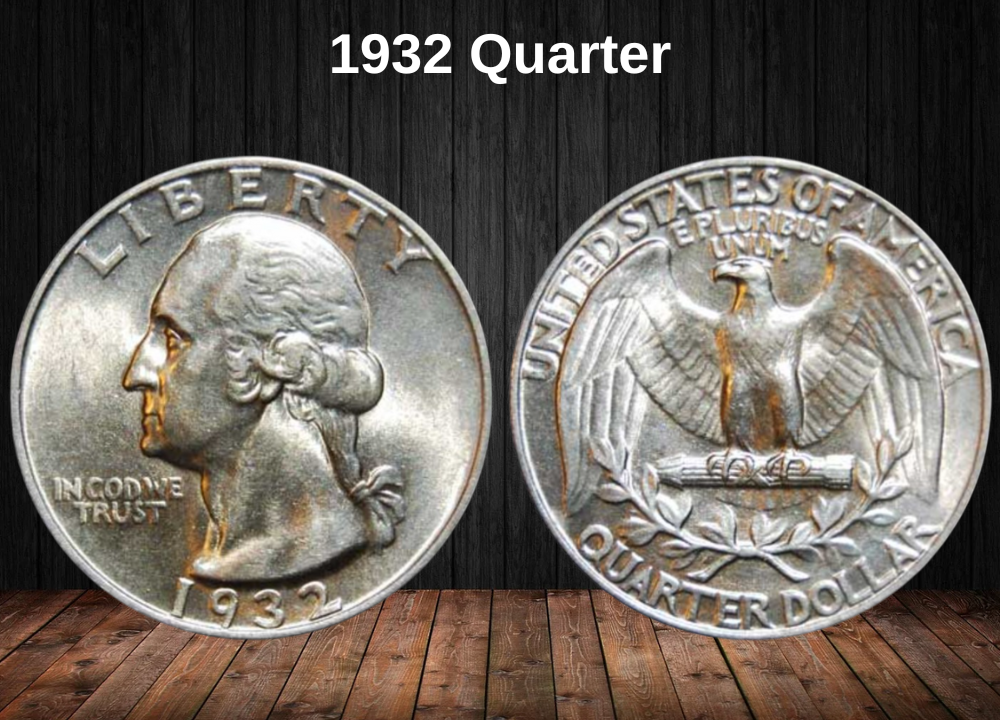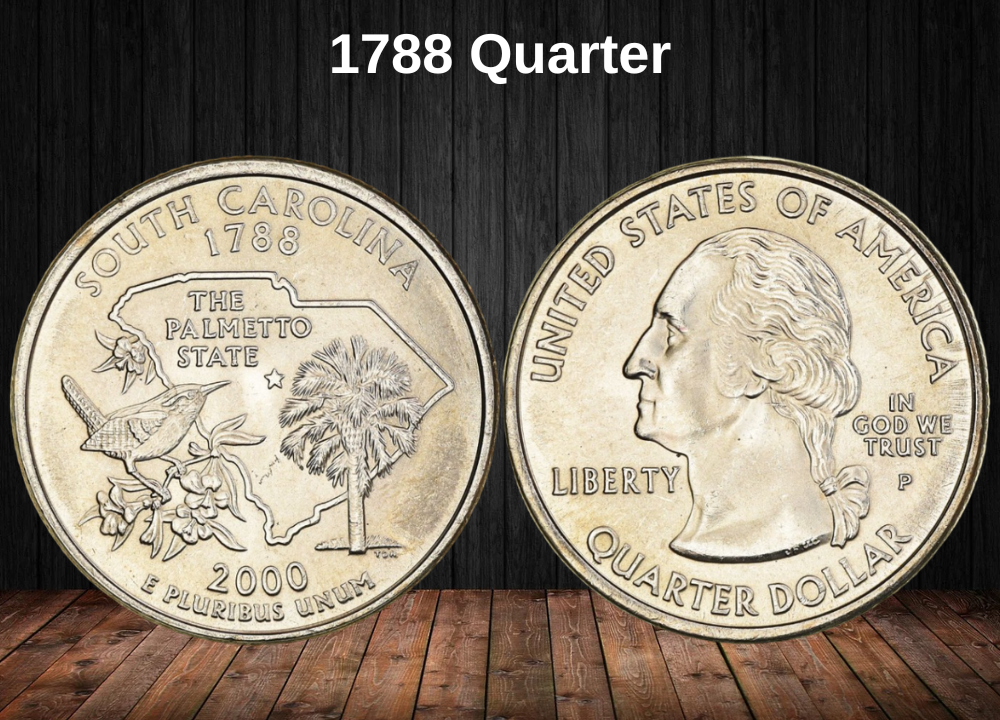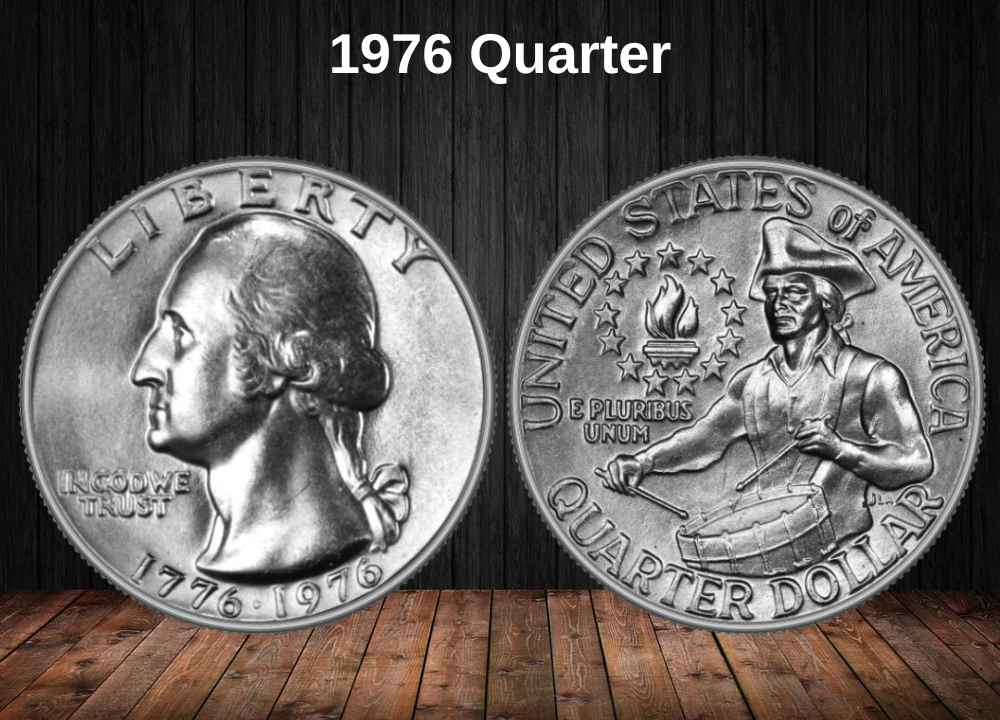Wondering what your 1940 Washington quarter is actually worth? You’re not alone—both collectors and casual owners often ask if that old silver coin is worth more than 25 cents.
The reality: most 1940 quarters trade for $6–$12 in average circulated grades, thanks to their 90% silver content. But the real story comes in high-grade examples, low-mintage issues, and rare varieties, where values can climb into the hundreds of dollars.
This guide breaks down the different mint varieties, explains how condition affects value, and highlights the rare 1940 errors that can turn an ordinary coin into a numismatic prize.
1940 Quarter Value by Variety
| Type | GOOD | FINE | AU | MS | PR |
|---|---|---|---|---|---|
| 1940 (No Mint Mark, Philadelphia) | $7.00 | $7.17 | $12.00 | $40.67 | — |
| 1940-D (Denver) | $6.79 | $19.33 | $78.00 | $220.00 | — |
| 1940-S (San Francisco) | $6.79 | $8.17 | $21.00 | $50.17 | — |
| 1940 Proof (Philadelphia) | — | — | — | — | $139.71 |
History of the 1940 Quarter
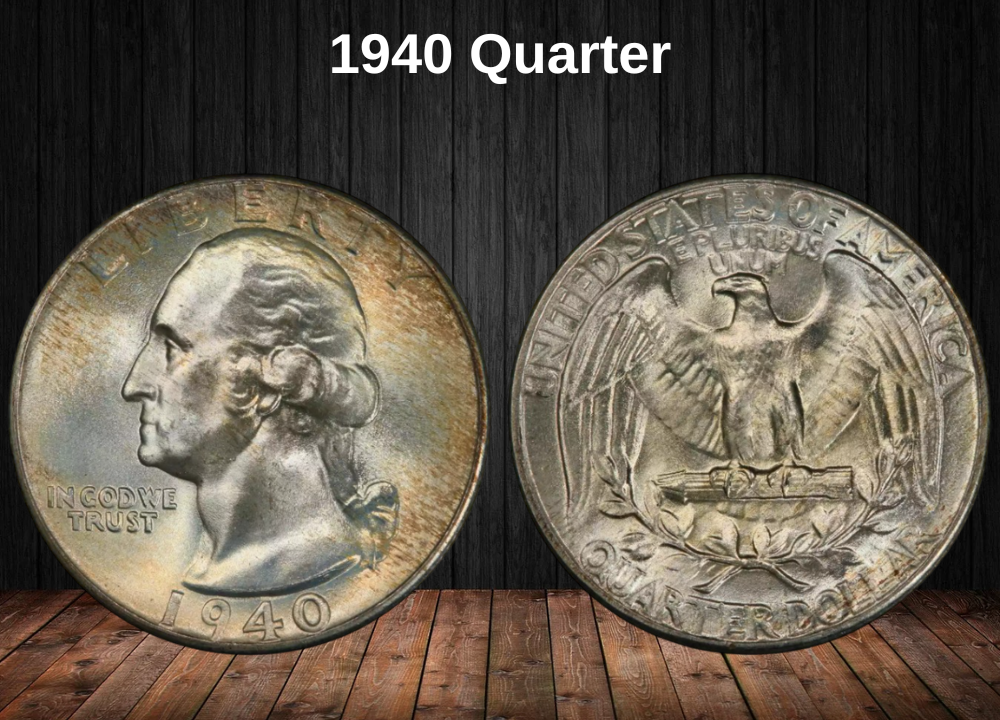
The 1940 Washington quarter marks an important moment in U.S. coinage history, struck during a year of global uncertainty as World War II escalated overseas. While the United States had not yet entered the conflict, the Mint continued producing John Flanagan’s Washington quarter, a design that had debuted only eight years earlier in 1932.
The coin carried the now-iconic design: George Washington’s left-facing bust on the obverse and a heraldic eagle clutching arrows and an olive branch on the reverse. By 1940, this design had become firmly established as a staple of American coinage, replacing the earlier Standing Liberty quarter.
Production that year came from three mints:
- Philadelphia (no mint mark) – the largest output, making these the most common today
- Denver (D) – a moderate mintage, scarcer in higher grades
- San Francisco (S) – the lowest mintage, giving it extra appeal to collectors
Each was struck in the classic 90% silver, 10% copper composition, weighing 6.25 grams. This silver standard would continue until 1965, when rising costs forced the transition to copper-nickel clad coinage.
For collectors, 1940 quarters represent more than just silver value—they are pre-war relics that embody the stability of U.S. coinage on the eve of America’s greatest 20th-century conflict.
Key Features of the 1940 Quarter
Although sculptor Laura Gardin Fraser originally won the design competition for the Washington quarter, Treasury officials instead selected John Flanagan’s design, giving us the look still associated with early Washington quarters in 1940.
Obverse Design
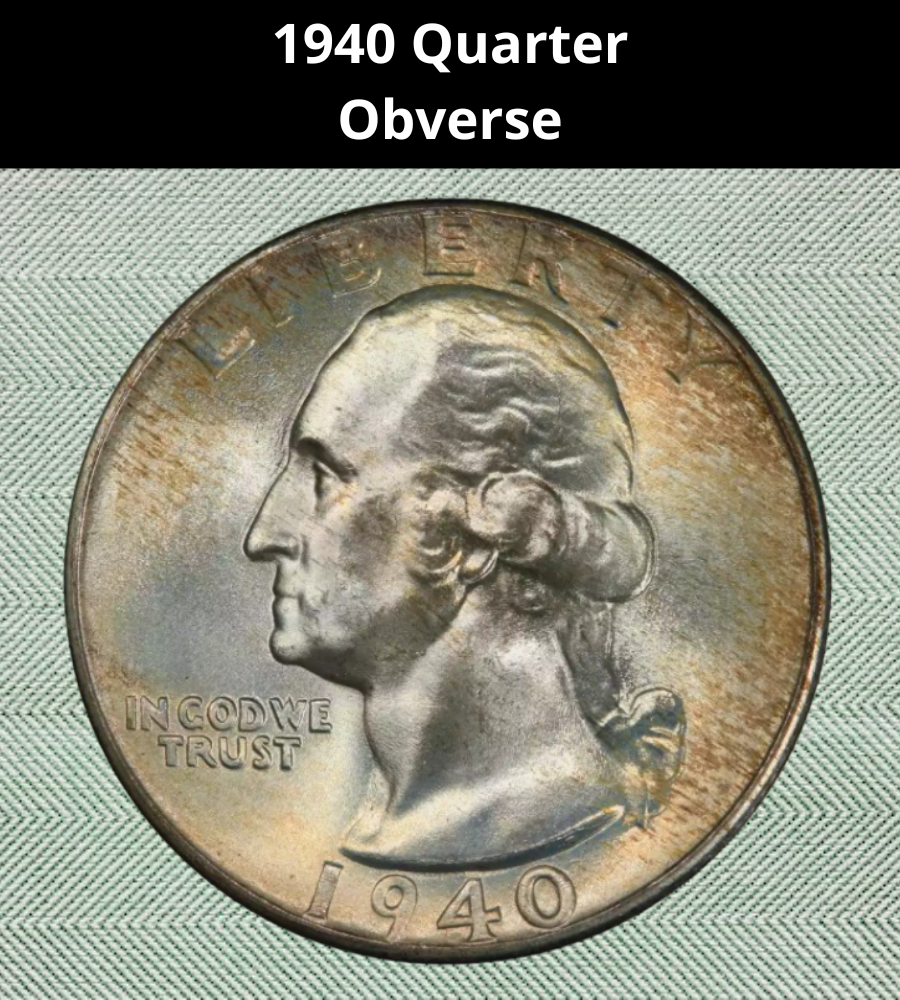
The obverse features a left-facing portrait of George Washington, the first U.S. President, shown with a stern expression and period-accurate hairstyle.
Key details include:
- LIBERTY arched across the top rim
- IN GOD WE TRUST placed to the left, below Washington’s chin
- The date 1940 centered at the bottom rim
- Designer initials JF at the neckline cut-off
Reverse Design

The reverse displays a heraldic eagle with wings outstretched, resting on a bundle of arrows symbolizing readiness for defense. Beneath the arrows is an olive branch, representing peace.
Inscriptions include:
- UNITED STATES OF AMERICA across the top rim
- E PLURIBUS UNUM above the eagle’s head
- QUARTER DOLLAR along the bottom rim
- Mint marks (D for Denver, S for San Francisco, or none for Philadelphia) placed below the olive branches
Other Specifications
The 1940 Washington quarter followed the same pre-1965 silver standard:
- Composition: 90% silver, 10% copper
- Weight: 6.25 g (0.2009 troy oz)
- Silver Content: 0.1808 troy oz (5.62 g)
- Diameter: 24.3 mm (0.956 in)
- Thickness: 1.75 mm (0.069 in)
- Edge: Reeded, with 119 reeds
1940 Quarter Grading
Grading is especially important for the 1940 Washington quarter, since condition directly determines value. A worn example in Good (G-4) may only bring about $7, while a sharply preserved Mint State coin can command prices over $500 at auction.
Key Grading Points
- Obverse (front): Look closely at Washington’s cheekbone and the hair above his ear—these are the first areas to show wear.
- Reverse (back): Check the eagle’s breast feathers and wing details. Full feather lines are a strong indicator of higher grades.
Grade Progression
- Good (G-4): Heavy wear; most fine details are smooth, but the main design remains visible.
- Fine (F-12): Moderate wear; hair outlines and feather shapes still visible, though flattened.
- About Uncirculated (AU-50 to AU-58): Nearly full detail; only slight friction on Washington’s cheek and eagle’s breast. Luster remains strong.
- Mint State (MS-60 to MS-70): No wear at all; surfaces show original mint luster. Bag marks or toning may affect the exact grade.
1940 Quarter Value Guides
1940 No Mint Mark Quarter Value
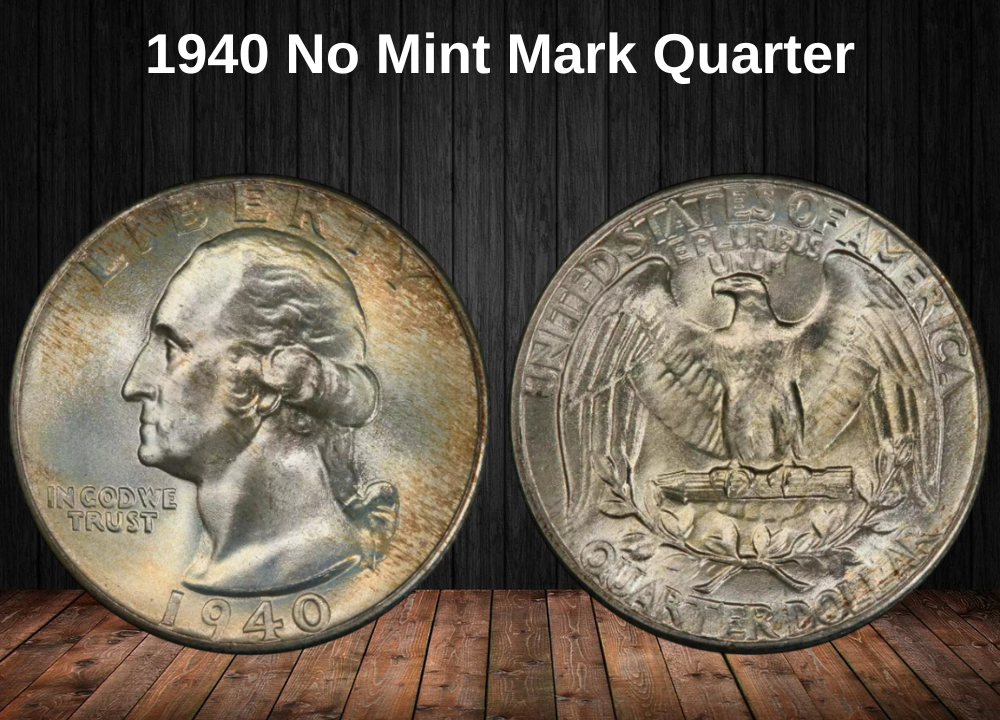
The 1940 Philadelphia quarter (no mint mark) represents the backbone of that year’s production, with millions struck to support circulation on the eve of World War II. While common in lower grades, these coins take on a new level of significance in Mint State, where they showcase the full artistic strength of John Flanagan’s design.
Most circulated heavily during the 1940s and beyond, so well-preserved survivors are far less common than the mintage suggests. In top grades, the 1940 Philadelphia quarter displays:
- Crisp hair strands and cheek definition on Washington’s bust
- Sharp feather detail on the eagle’s wings and breast
- Bold luster that makes the design come alive
This contrast—ordinary in worn grades, exceptional in pristine condition—is what makes the 1940 No Mint Mark quarter such an intriguing collecting challenge.
1940 No Mint Mark Quarter Auction Records
| Date | Auction House | Grade | Price |
|---|---|---|---|
| 02/25 | SB | MS67 | $145 |
| 08/24 | HA | MS68 | $2,280 |
| 08/24 | SB | MS67 | $96 |
| 02/24 | HA | MS68 | $4,560 |
| 06/23 | HA | MS67 | $159 |
| 06/23 | SB | MS65 | $60 |
| 04/23 | SB | MS67 | $216 |
| 04/23 | HA | MS67 | $480 |
| 02/23 | HA | MS67 | $660 |
| 01/23 | DL | MS65 | $37 |
Market Insight
Current market activity shows steady demand across the board:
- Entry-level collectors target affordable Mint State examples (MS65–MS66)
- Registry set builders push premiums for gem specimens in MS67–MS68, where prices can reach $2,000–$4,500
1940-D Quarter Value
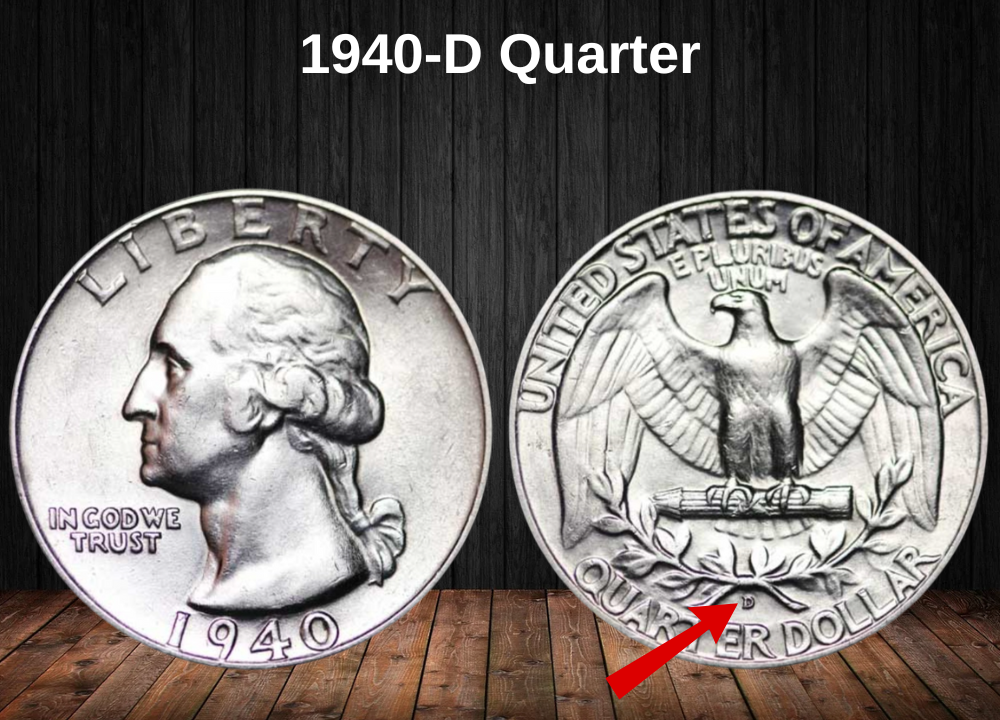
The 1940-D Washington quarter is often called the sleeper of the 1940 series. With only 2.8 million coins struck at the Denver Mint, its original mintage was the lowest of the three varieties. Combine that with the worst survival rate among the group, and you have a coin that’s far scarcer than many collectors initially realize.
Circulated examples remain relatively affordable, but the real story lies in high grades. Condition rarity is extreme—few Mint State survivors exist, and those that do often show the strike variability typical of Denver’s 1940 production. This combination of low mintage, low survival, and conditional scarcity makes the 1940-D one of the most underrated semi-key dates in the Washington quarter series.
1940-D Quarter Auction Records
| Date | Auction House | Grade | Price |
|---|---|---|---|
| 03/25 | SB | MS65 | $192 |
| 11/24 | SB | MS66 | $312 |
| 08/24 | SB | MS64 | $120 |
| 02/24 | HA | MS67 | $2,220 |
| 02/24 | HA | MS67 | $2,892 |
| 12/23 | HA | MS66 | $360 |
| 08/23 | HA | MS67 | $960 |
| 08/23 | SB | MS64 | $216 |
| 07/23 | HA | MS63 | $124 |
| 07/23 | SB | MS64 | $192 |
Market Insight
- Circulated grades (Good–Fine): Modest premiums, $6–20
- About Uncirculated: Noticeable jumps in value due to scarcity
- Mint State (MS65+): Serious collector demand; prices can surge from a few hundred dollars into the $2,000–$3,000 range at auction
1940-S Quarter Value
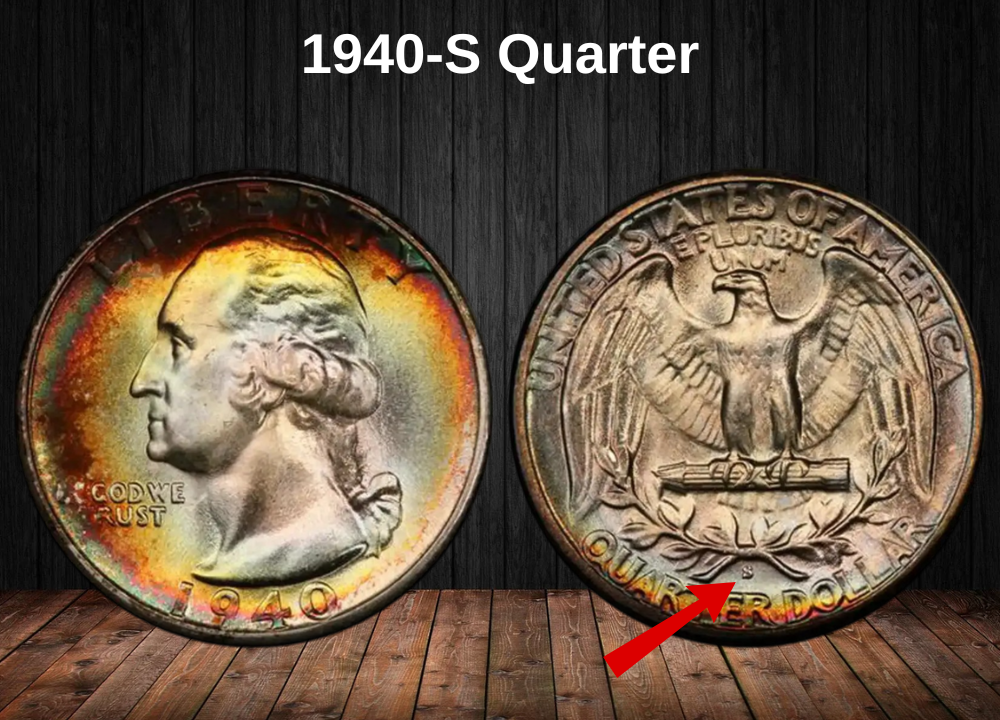
The 1940-S Washington quarter fills the “just right” spot in the 1940 series—not overly common like the Philadelphia issue, yet not as scarce as the elusive Denver coin. With a mintage of 8.2 million, it offers collectors the perfect balance of accessibility and scarcity.
What makes the 1940-S especially appealing is its superior 10% survival rate, the strongest of the three 1940 varieties. This means collectors have a better chance of finding well-preserved examples, making it one of the more rewarding coins for those who prize both value and eye appeal.
San Francisco’s production quality during this era was excellent, yielding coins with sharper strikes and consistent luster. As a result, the 1940-S is often considered the most attractive option for collectors who want rarity, affordability, and preservation in one package.
1940-S Quarter Auction Records
| Date | Auction House | Grade | Price |
|---|---|---|---|
| 01/25 | HA | MS67 | $1,260 |
| 08/23 | HA | MS66 | $79 |
| 07/23 | SB | MS66 | $264 |
| 07/23 | HA | MS67 | $264 |
| 05/23 | HA | MS66 | $125 |
| 04/23 | DL | MS67 | $235 |
| 03/23 | DL | MS67 | $340 |
| 02/23 | HA | MS66 | $81 |
| 02/23 | HA | MS67 | $336 |
| 01/23 | SB | MS66 | $144 |
Market Insight
- Circulated grades (Good–Fine): Modest premiums over silver value
- About Uncirculated: Attractive mid-range option for budget-conscious collectors
- Mint State (MS66–67): Significant premiums thanks to sharp strikes and collector demand
1940 Proof Quarter Value
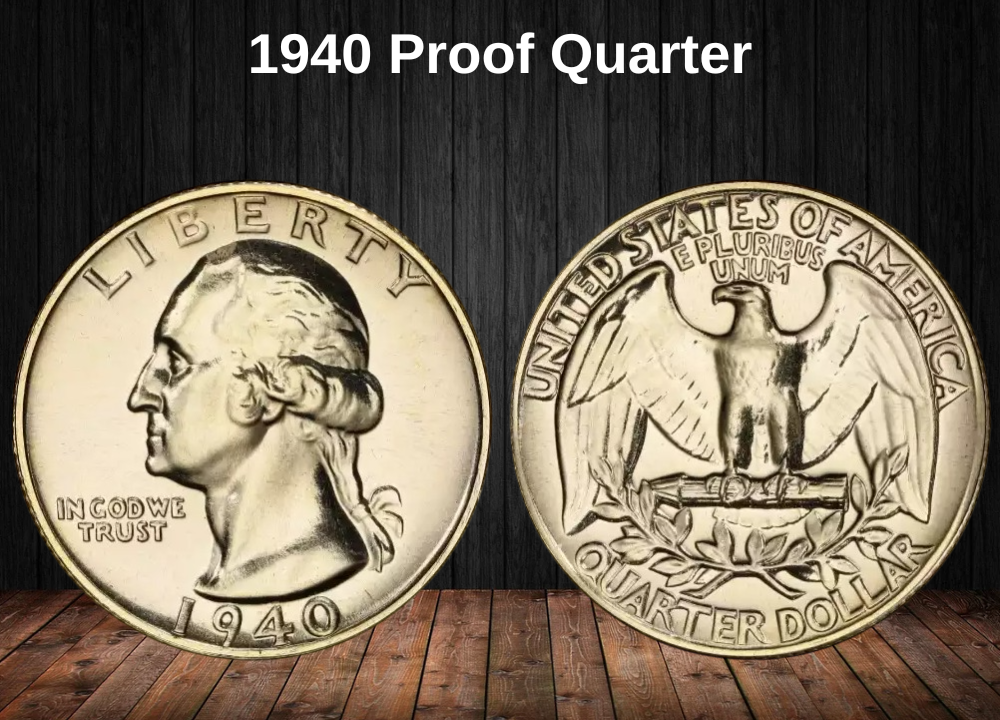
The 1940 Proof Washington quarter stands as the crown jewel of the year’s production, representing the highest level of minting artistry the U.S. Mint could achieve before America’s entry into World War II.
Struck at the Philadelphia Mint using specially prepared dies and polished planchets, these coins exhibit the classic proof characteristics: mirror-like fields with deep reflectivity, and frosted devices that create a sharp cameo contrast unmatched by business strikes. Each proof was carefully handled, preserved, and intended exclusively for collectors rather than circulation.
What makes the 1940 Proof especially significant is its historical context. It was produced during the final year of peace before wartime restrictions forced the Mint to suspend proof coinage from 1943–1949. As such, these coins serve as both works of numismatic art and tangible reminders of America on the brink of global conflict.
1940 Proof Quarter Auction Records
| Date | Auction House | Grade | Price |
|---|---|---|---|
| 04/25 | SB | PR68 | $1,740 |
| 02/25 | SB | PR65 | $85 |
| 11/24 | SB | PR68 | $1,140 |
| 08/24 | SB | PR66 | $120 |
| 08/24 | SB | PR68 | $2,160 |
| 08/24 | SB | PR66 | $85 |
| 07/24 | SB | PR66 | $85 |
| 05/24 | HA | PR68 | $2,160 |
| 03/24 | HA | PR68 | $780 |
| 03/24 | HA | PR68 | $1,110 |
Market Insight
- Lower grades (PR63–PR65): Affordable entry points into proof collecting
- Gem Proofs (PR67+): Strong premiums, reflecting both rarity and exceptional preservation
- Registry demand: PR68 examples attract fierce bidding, often setting new auction records
Rare 1940 Quarter Error List
1. 1940-D DDO FS-101
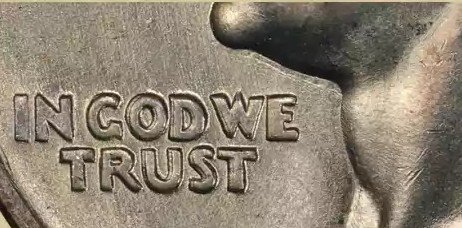
The 1940-D Doubled Die Obverse (FS-101) ranks as one of the most visually dramatic error varieties in the entire Washington quarter series. This doubled die was created when the working die received multiple hub impressions that were slightly misaligned, producing bold doubling visible without magnification.
The strongest doubling can be seen in:
- Washington’s profile – especially the eye, nose, and jawline
- LIBERTY – showing a distinctive shadow effect
- Date digits “1940” – often with clear separation lines
What makes the FS-101 so collectible is both its rarity and its unmistakable appearance. Unlike minor doubled dies that require magnification, the dramatic “shadow strike” effect on this variety makes it easy to attribute, even for novice collectors.
1940-D DDO FS-101 Price/Grade Chart
| Grade | Value Range | Notes |
|---|---|---|
| VF20 | $250 – $375 | Rarely encountered in circulated grades |
| XF40 | $450 – $650 | Still highly collectible |
| AU55 | $900 – $1,250 | Very scarce with strong detail |
| MS63 | $1,600 – $2,200 | Registry-level demand begins here |
| MS65 | $3,000 – $4,200 | Exceptional rarity; fierce auction bidding |
| MS66+ | $5,000+ | Virtually unobtainable, trophy coin for advanced specialists |
2. 1940-D FS-502 (Repunched Mintmark)
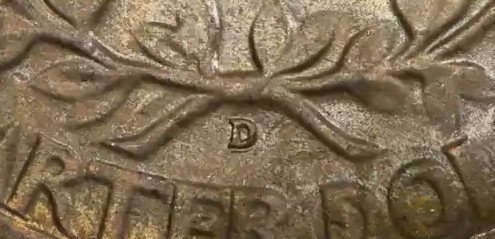
The 1940-D FS-502 is a classic example of a repunched mintmark (RPM) error, created when the Denver “D” mintmark was hand-punched into the working die more than once in slightly different positions. This resulted in overlapping impressions where remnants of the earlier punches remain visible alongside the final, stronger “D.”
Under magnification, collectors can see:
- Shadow impressions of the “D” extending north, south, or east/west of the final punch
- A doubling effect that gives the mintmark an almost “fuzzy” outline
- Clear mechanical evidence of the minting process before automation
This variety highlights the human element of U.S. Mint operations during the 1940s, when mintmarks were individually applied by hand to each working die. Naturally, small shifts or misalignments produced collectible anomalies like the FS-502.
1940-D FS-502 Price/Grade Chart
| Grade | Value Range | Notes |
|---|---|---|
| VF20 | $75 – $120 | Entry-level variety premium |
| XF40 | $150 – $225 | Scarcer in higher circulated grades |
| AU55 | $300 – $450 | Attractive mid-grade survivor |
| MS63 | $600 – $850 | Strong demand among RPM specialists |
| MS65 | $1,200 – $1,800 | Registry-level quality; limited supply |
3. 1940-D/D RPM FS-501
The 1940-D/D FS-501 is one of the most visually appealing repunched mintmark (RPM) varieties of the Washington quarter series. In this case, the Denver “D” was punched more than once into the working die, leaving behind strong overlapping impressions that create a thickened or shadow-like mintmark.
What makes the FS-501 distinctive compared to the FS-502 is the clearer doubling pattern, where traces of the original “D” are more apparent and may appear either above, below, or slightly offset from the final punch. Under magnification, the repunching effect is unmistakable, giving collectors a satisfying “double-D” appearance.
This error reflects the Mint’s hand-punching practices of the 1940s—long before automation—when small misalignments turned routine die preparation into collectible anomalies.
1940-D/D RPM FS-501 Price/Grade Chart
| Grade | Value Range | Notes |
|---|---|---|
| VF20 | $90 – $150 | Strong entry-level premiums for circulated coins |
| XF40 | $175 – $250 | Noticeable doubling even in moderate wear |
| AU55 | $325 – $500 | Scarce in lightly circulated grades |
| MS63 | $700 – $1,050 | Popular among RPM collectors |
| MS65 | $1,400 – $2,000 | High-grade examples are rare and command heavy bidding |
Where to Sell Your Quarter Coin?
Now that you know the value of your quarter, the next step is deciding where to sell it. There are several trusted options—both online and in person—that can help you get the best price depending on your coin’s rarity and condition.
To see the full list of recommended places, along with their advantages and disadvantages, check our complete guide on where to sell your quarter coins.
FAQ About the 1940 Washington Quarter
1. Why is the 1940 Quarter an important coin for collectors?
The 1940 Washington Quarter reflects America on the brink of World War II. While not a key date, it’s part of the early silver quarter era (90% silver), making it historically significant and appealing to both numismatists and bullion buyers.
2. Which mints produced the 1940 Quarter?
It was struck at Philadelphia (no mint mark), Denver (“D”), and San Francisco (“S”). The Philadelphia issue had the highest mintage, while the 1940-S tends to be scarcer in higher Mint State grades.
3. Are there notable varieties or errors for the 1940 Quarter?
Yes. Collectors search for doubled die obverses, repunched mintmarks (RPMs), and off-center strikes. While no single variety dominates this year, certified examples of RPMs and strong strikes in Mint State can bring solid premiums.
4. How much is a 1940 Quarter worth today?
Circulated examples usually trade for $5–$15, close to silver melt value. Mint State coins (MS65) can range from $100–$250, with the 1940-S often commanding the highest prices. Exceptional gems or error varieties can exceed $1,000.
5. What should collectors look for in a 1940 Quarter?
Focus on strike quality—sharp details in Washington’s hair and the eagle’s breast feathers distinguish high-grade coins. Original mint luster and the absence of cleaning or damage add significant value. Authentication by PCGS or NGC is advisable for rare Mint State or error examples.

